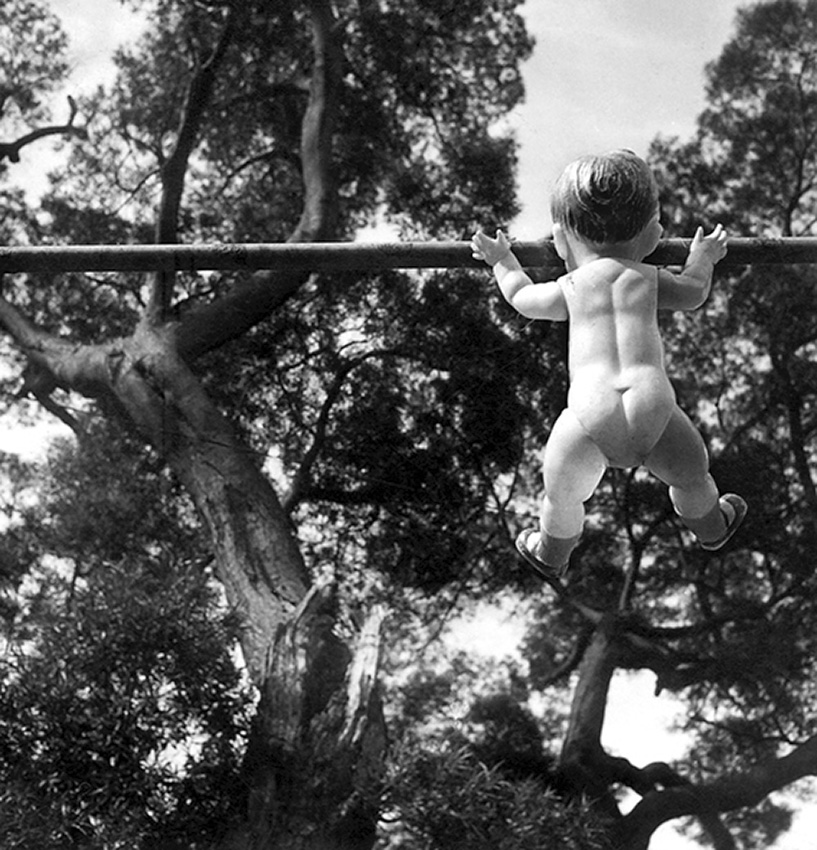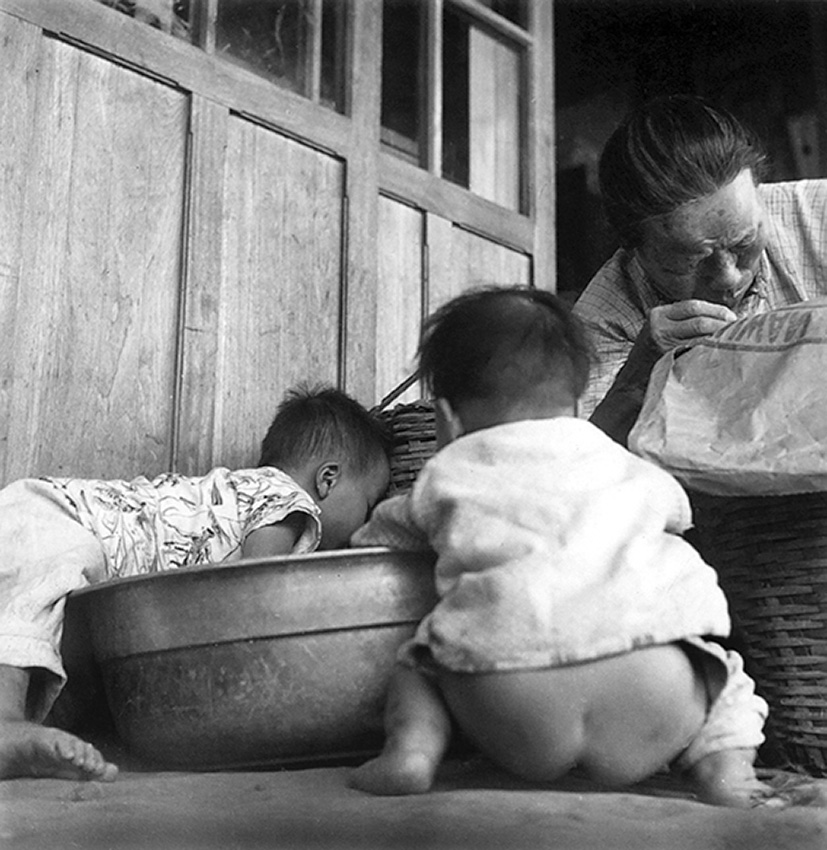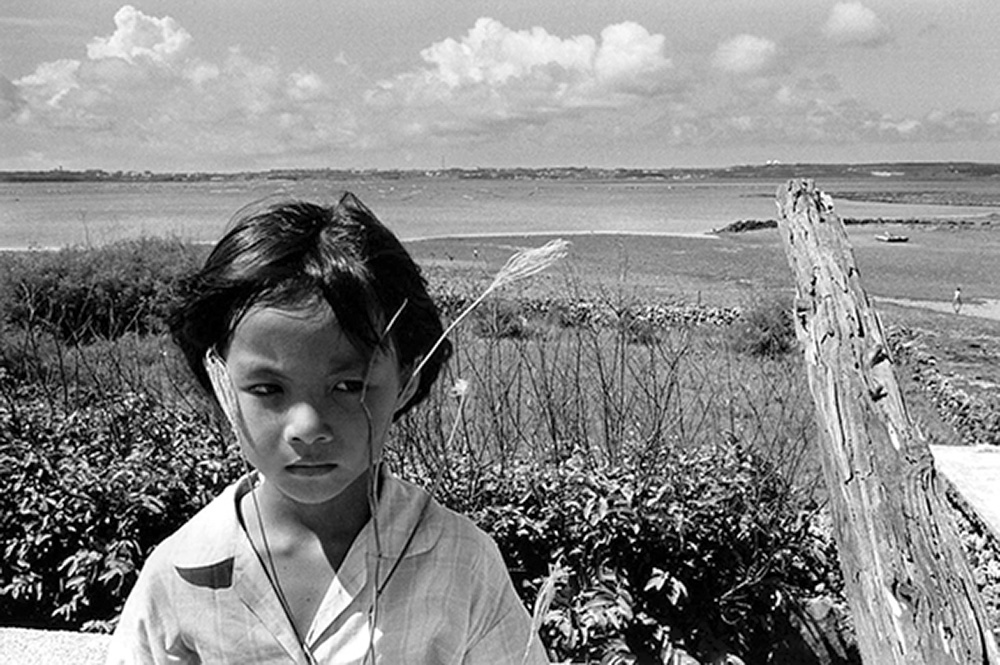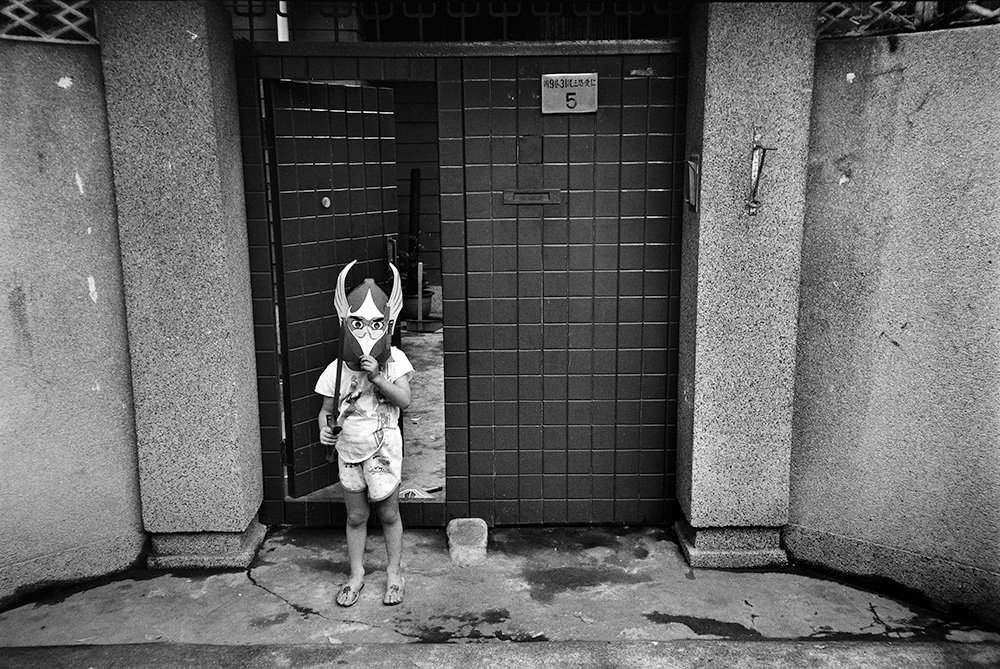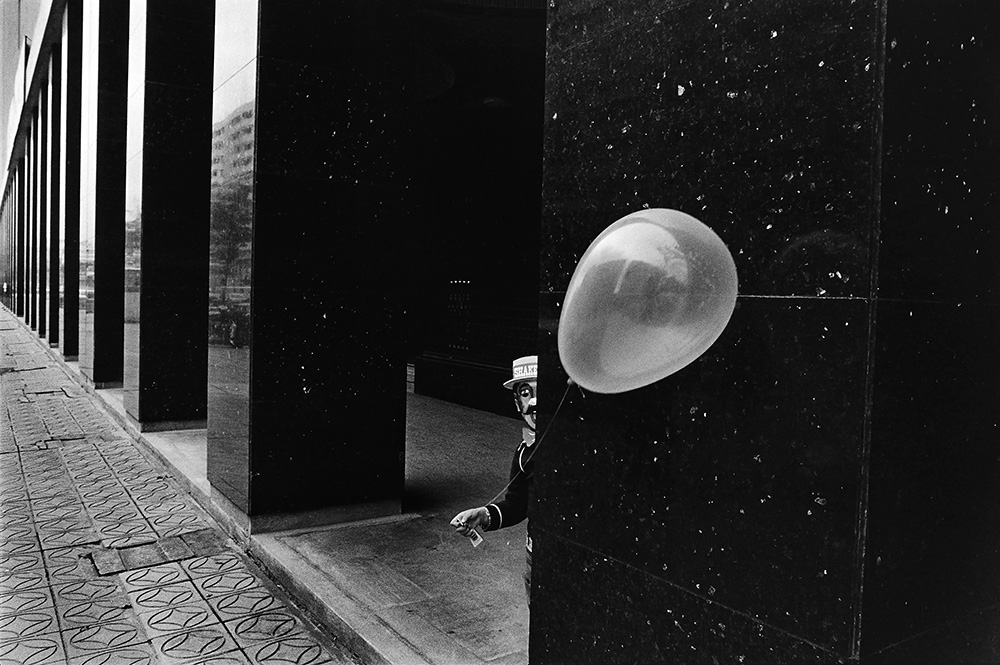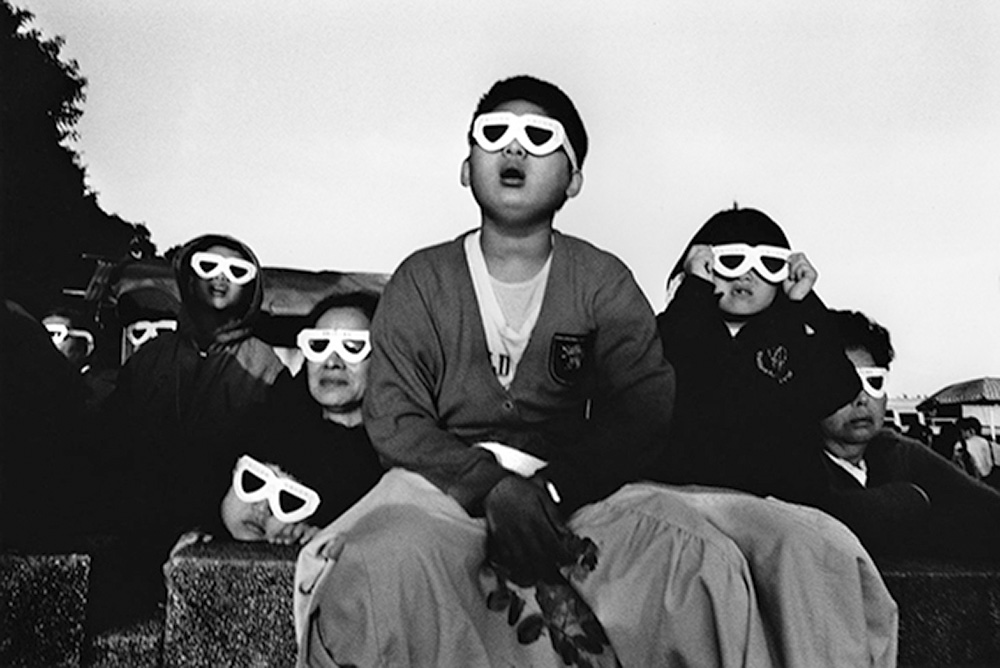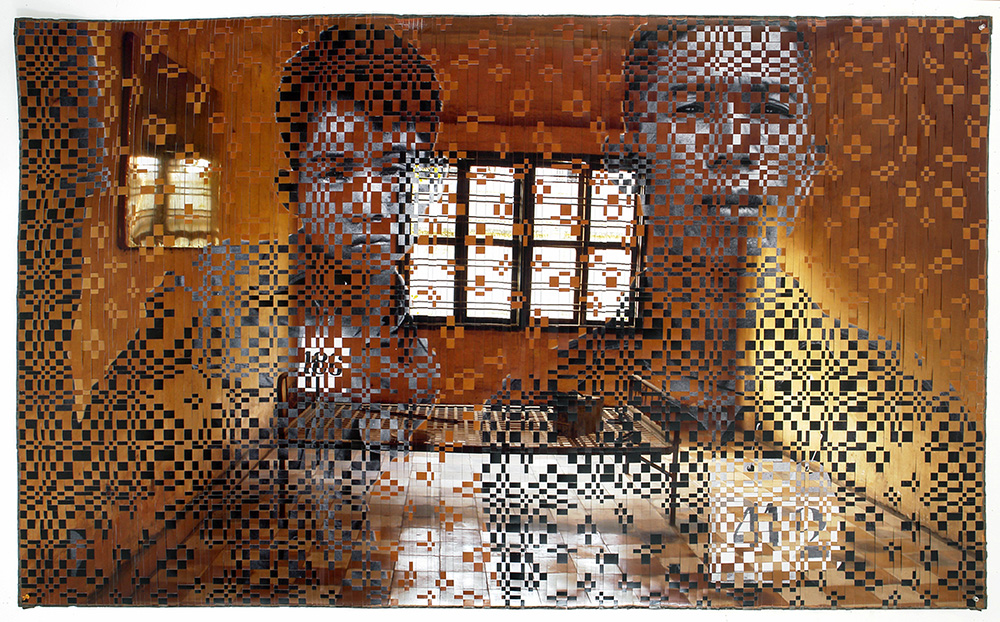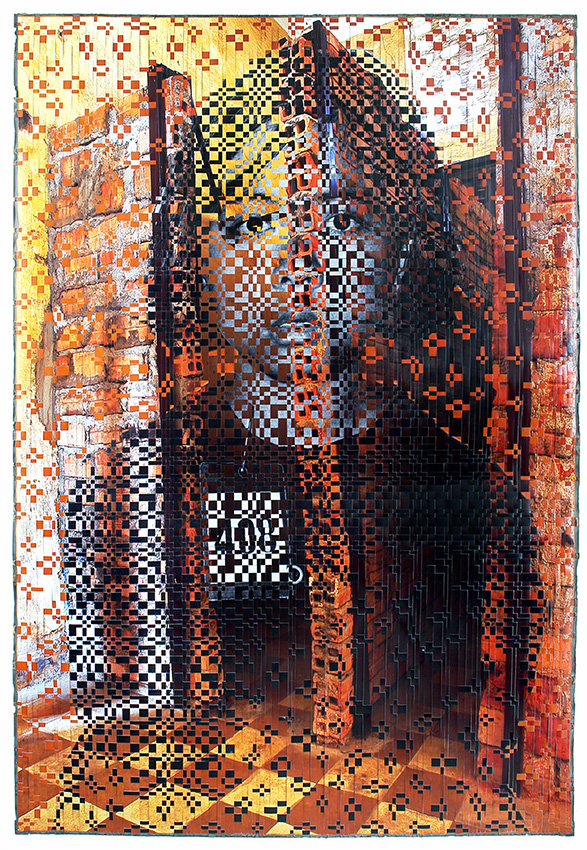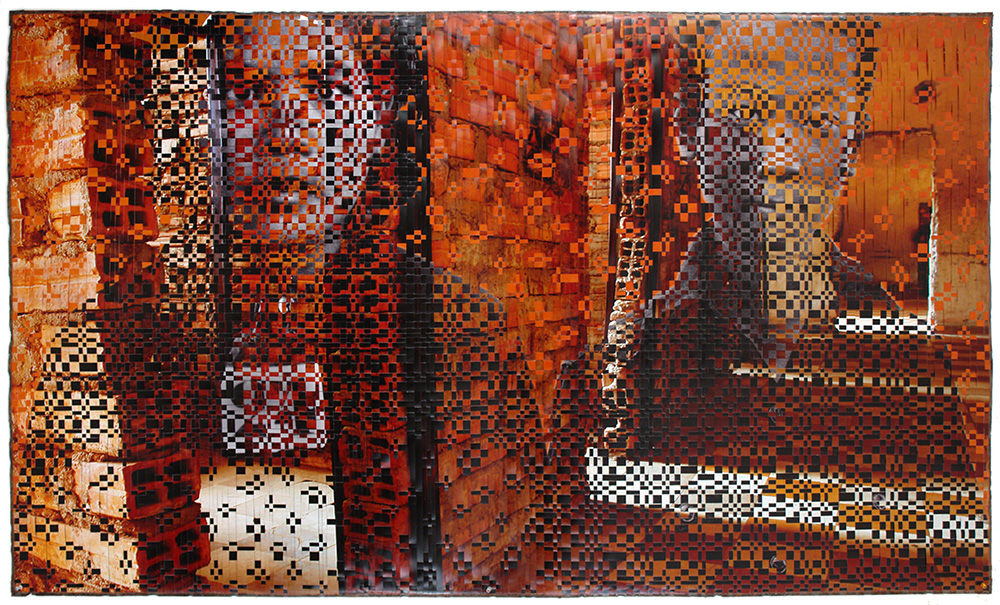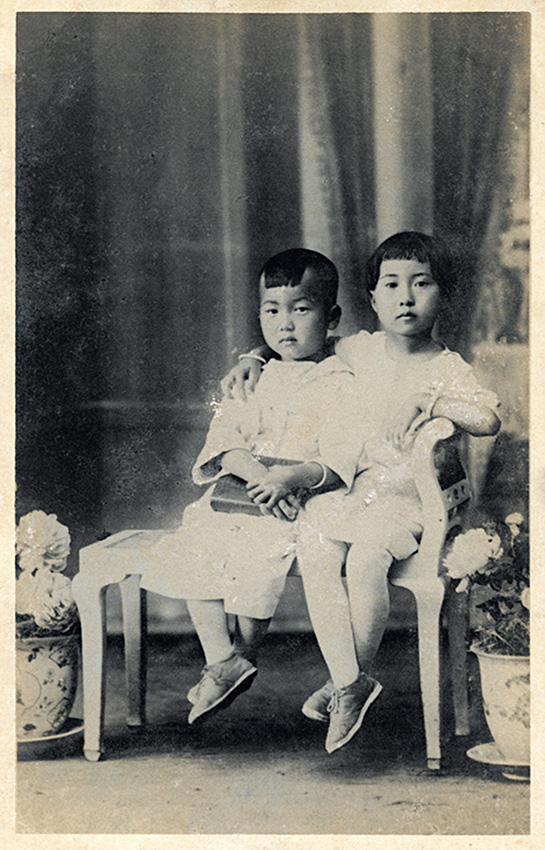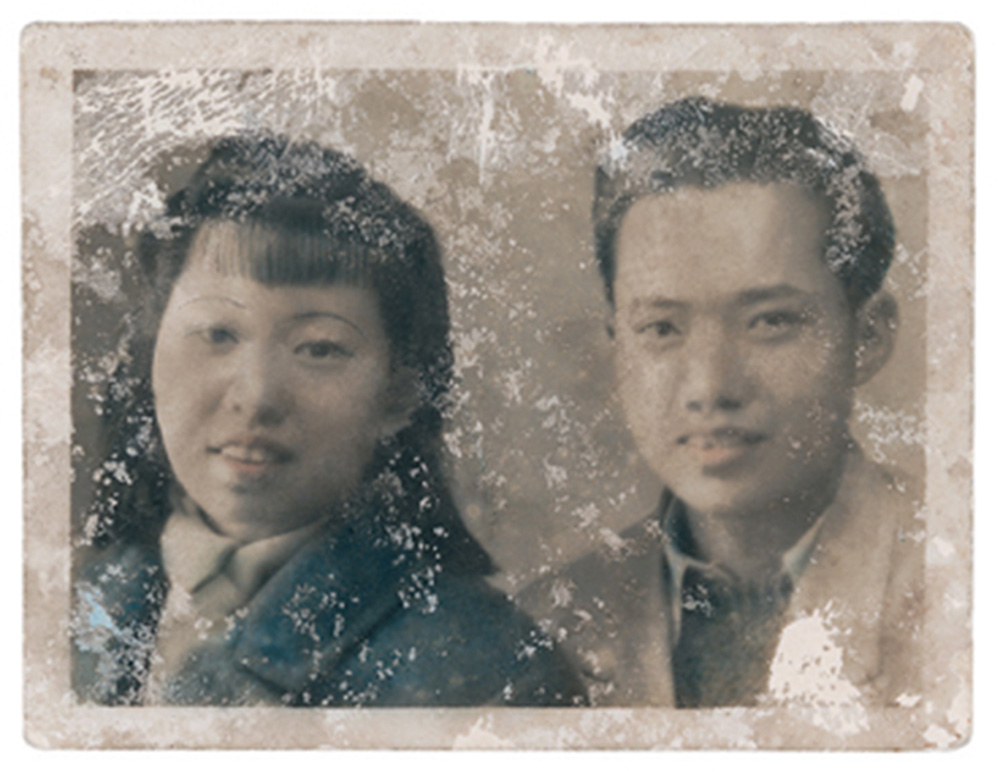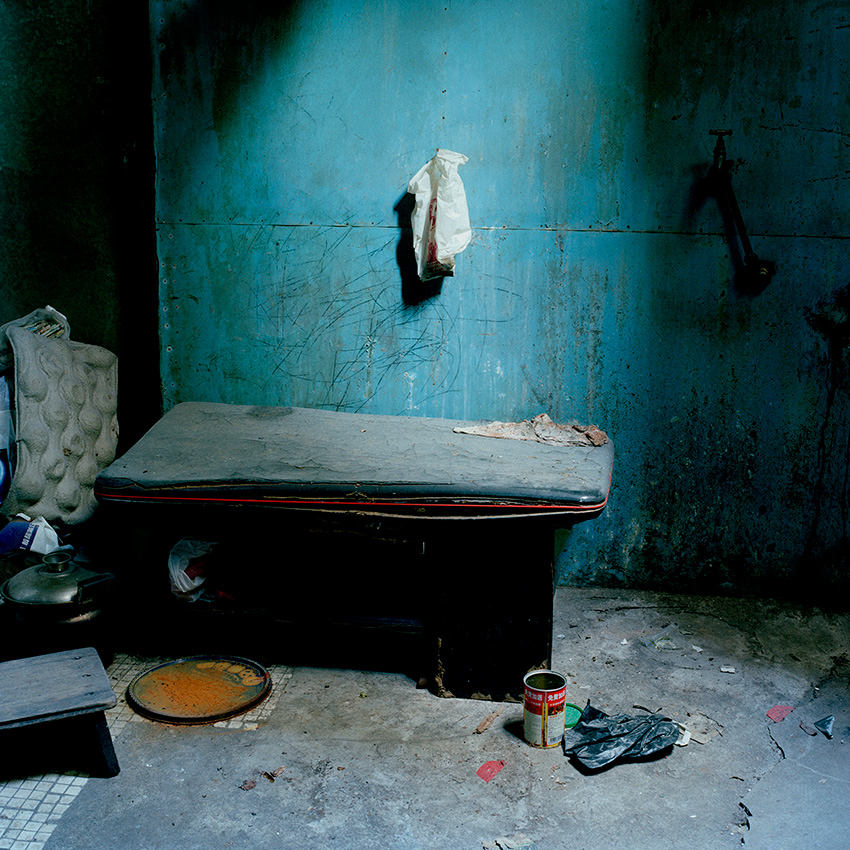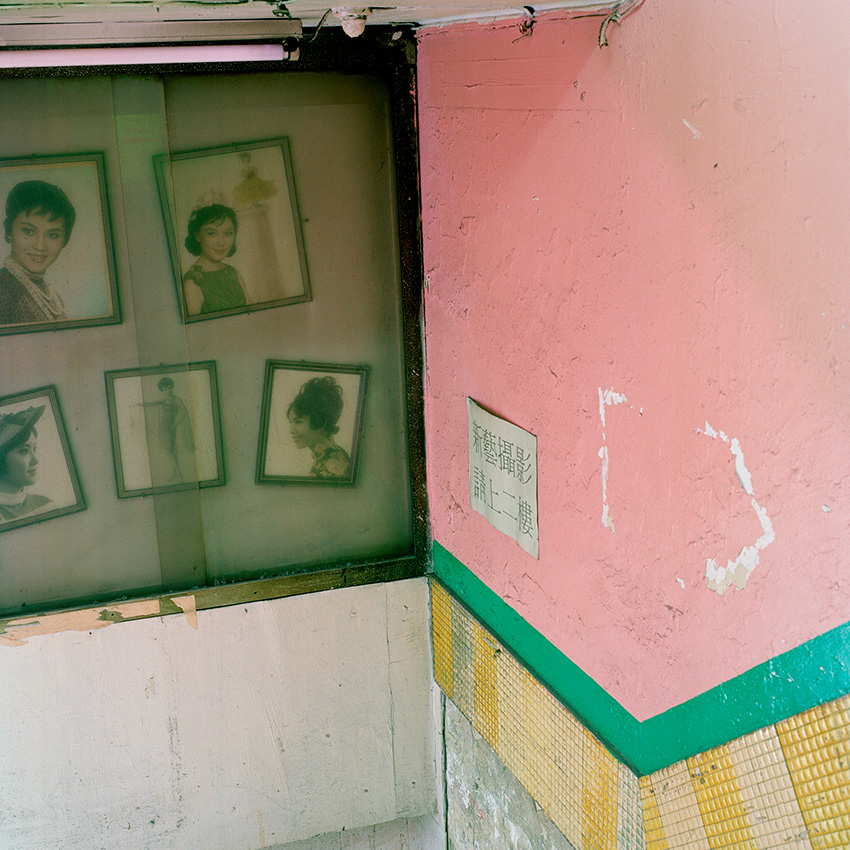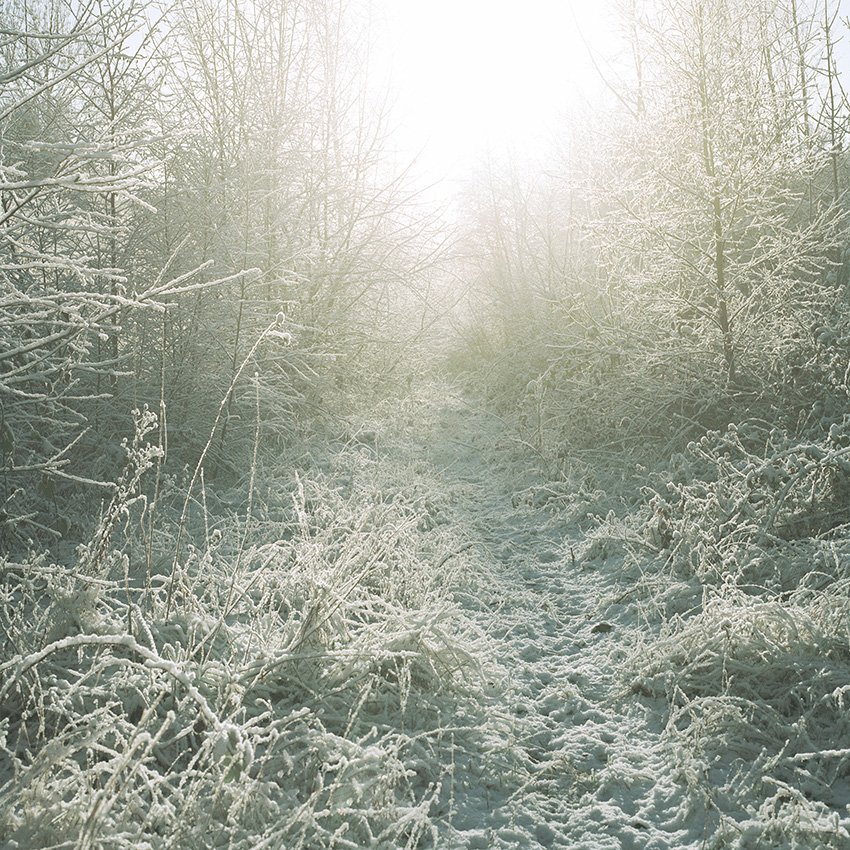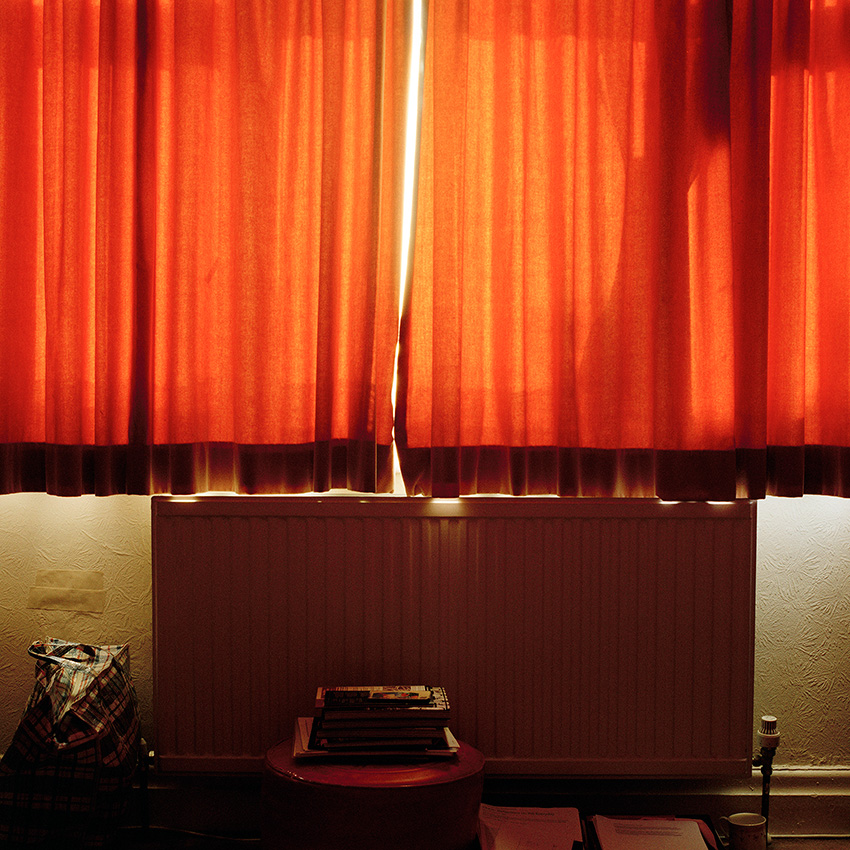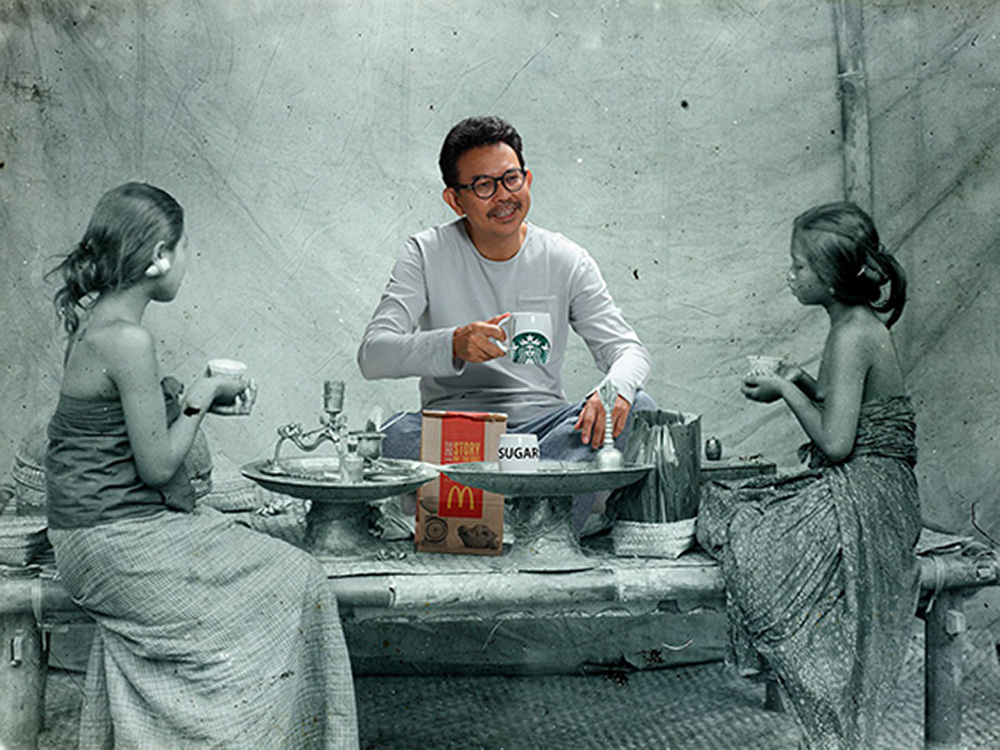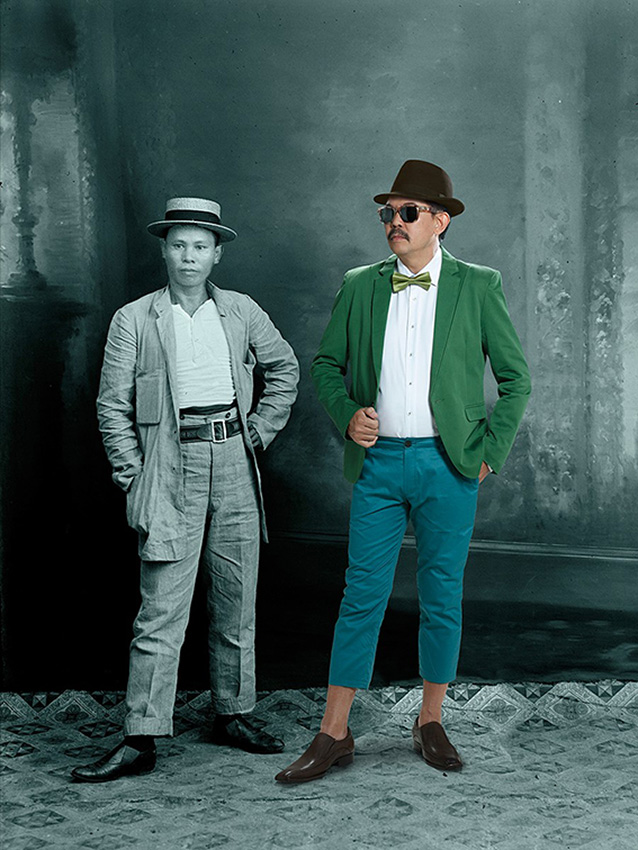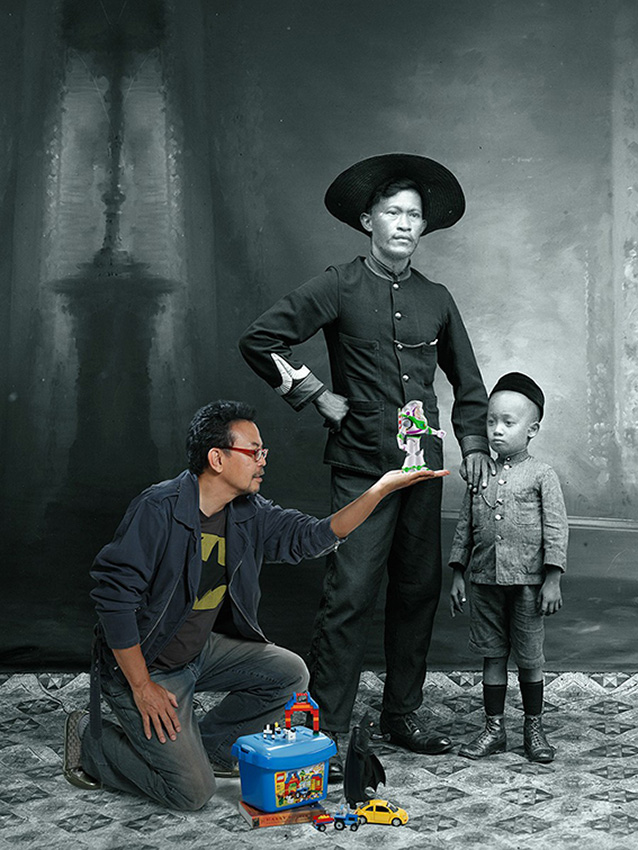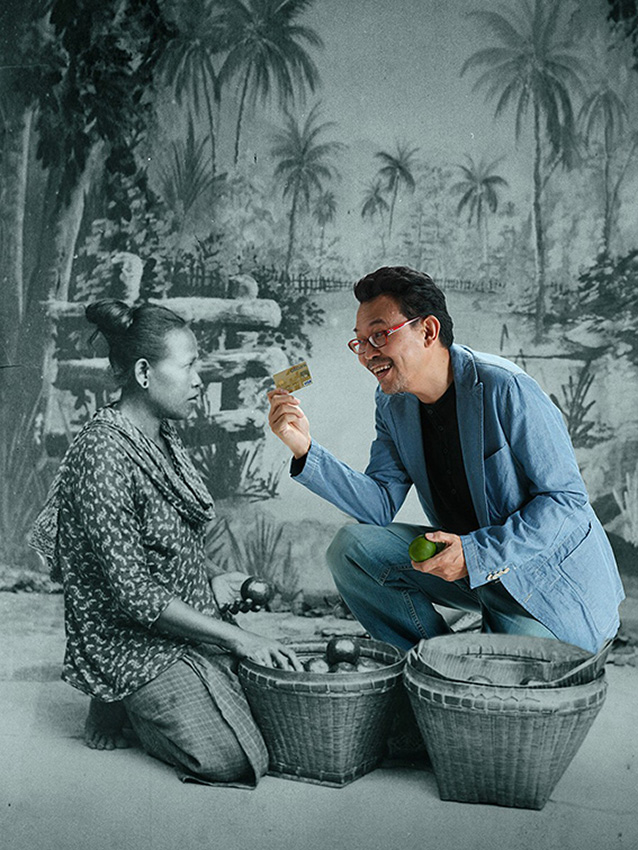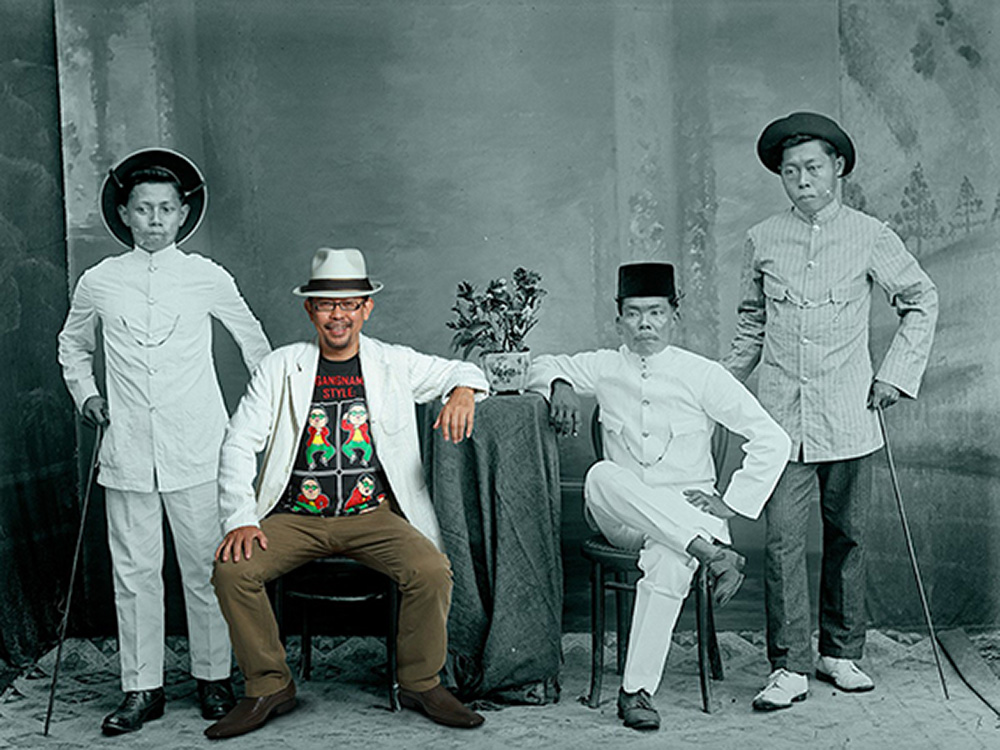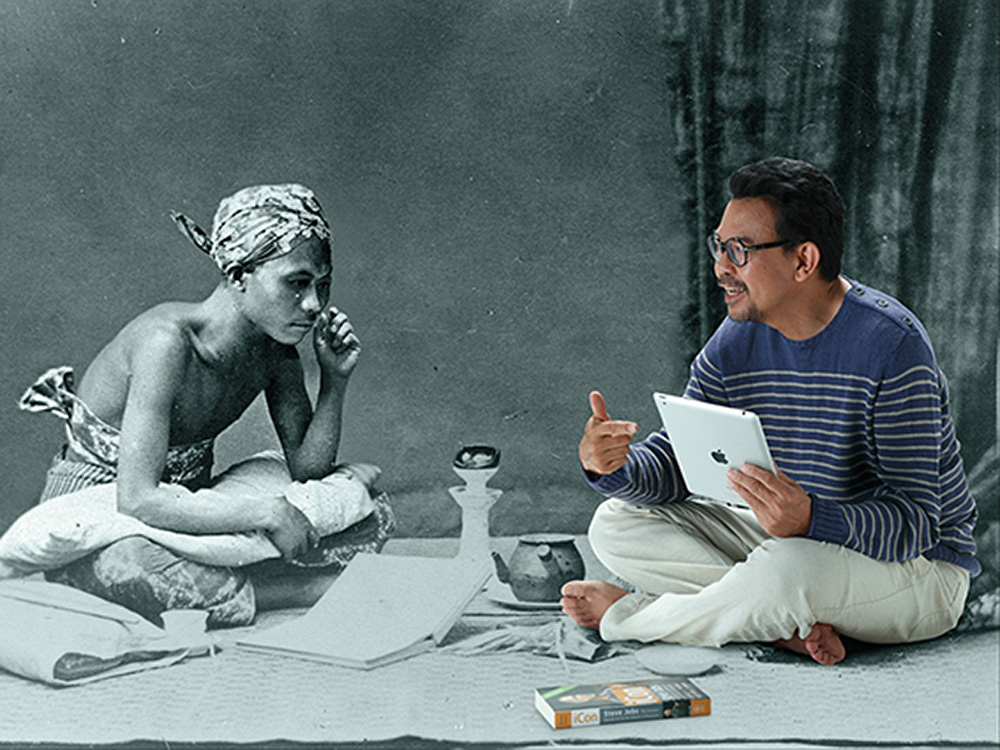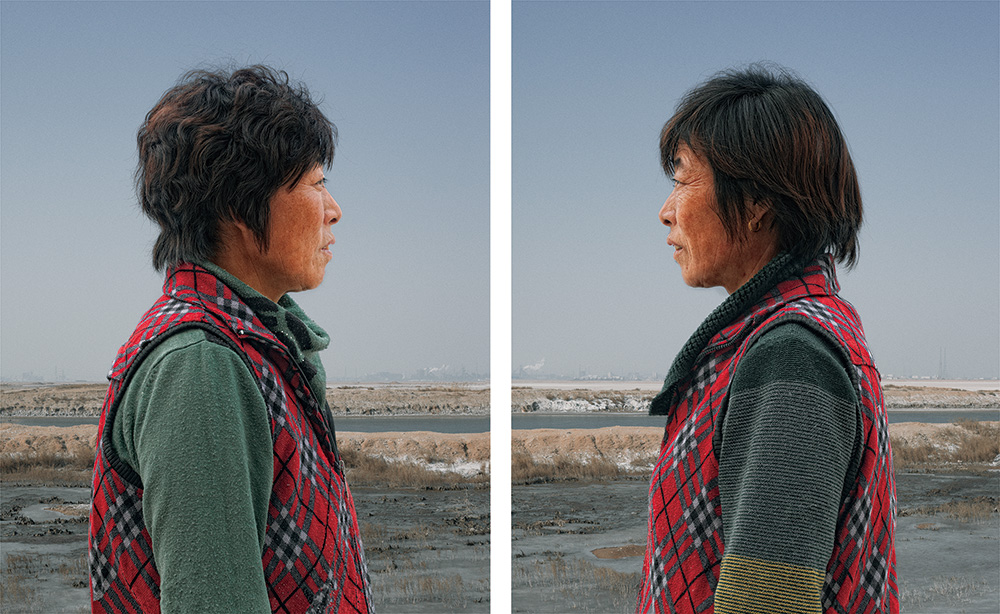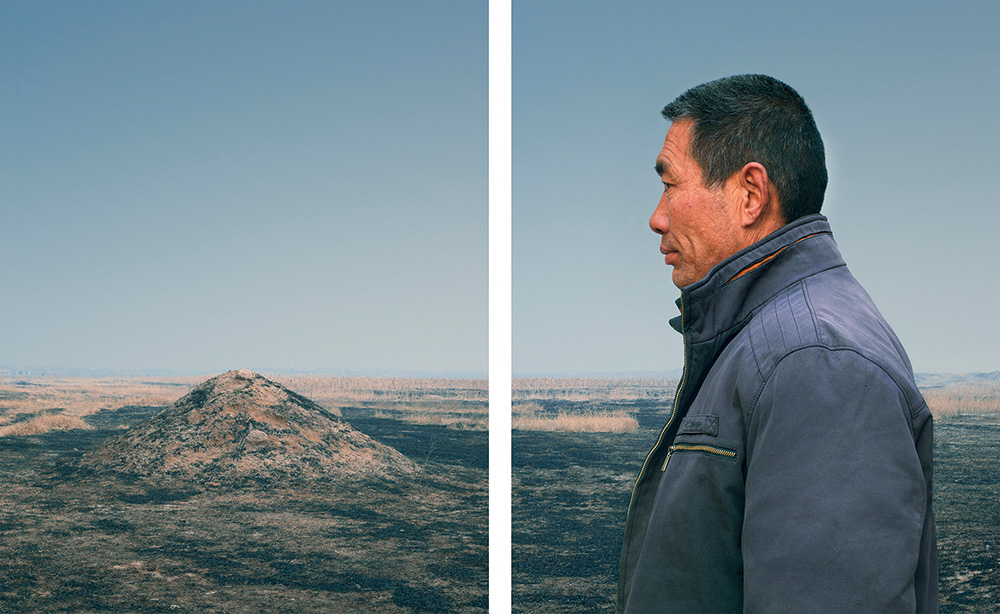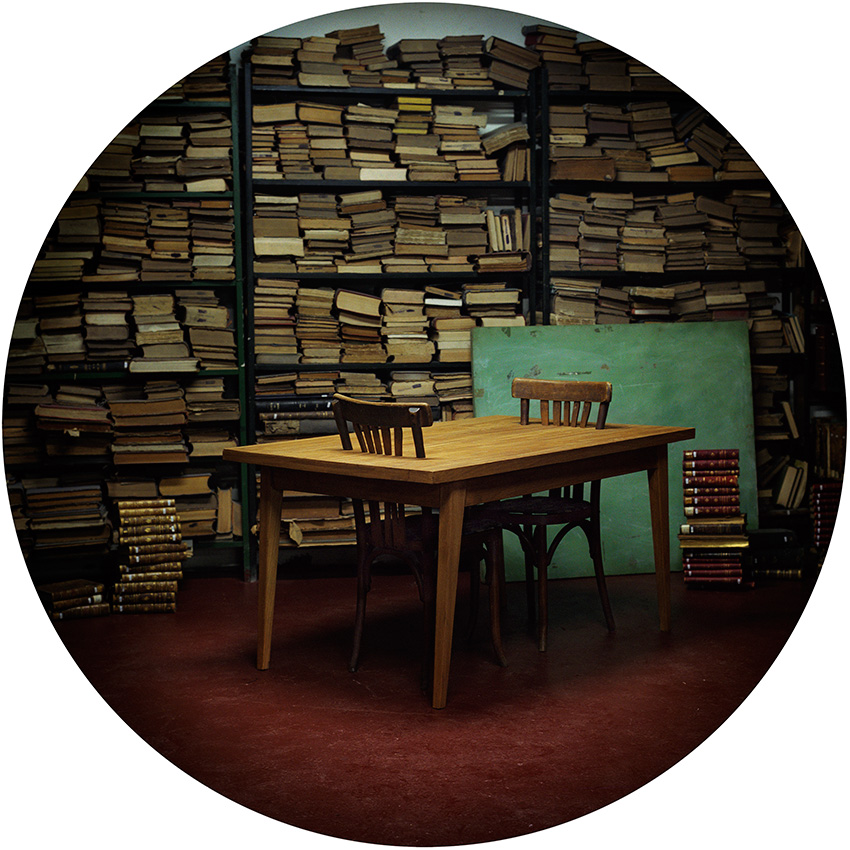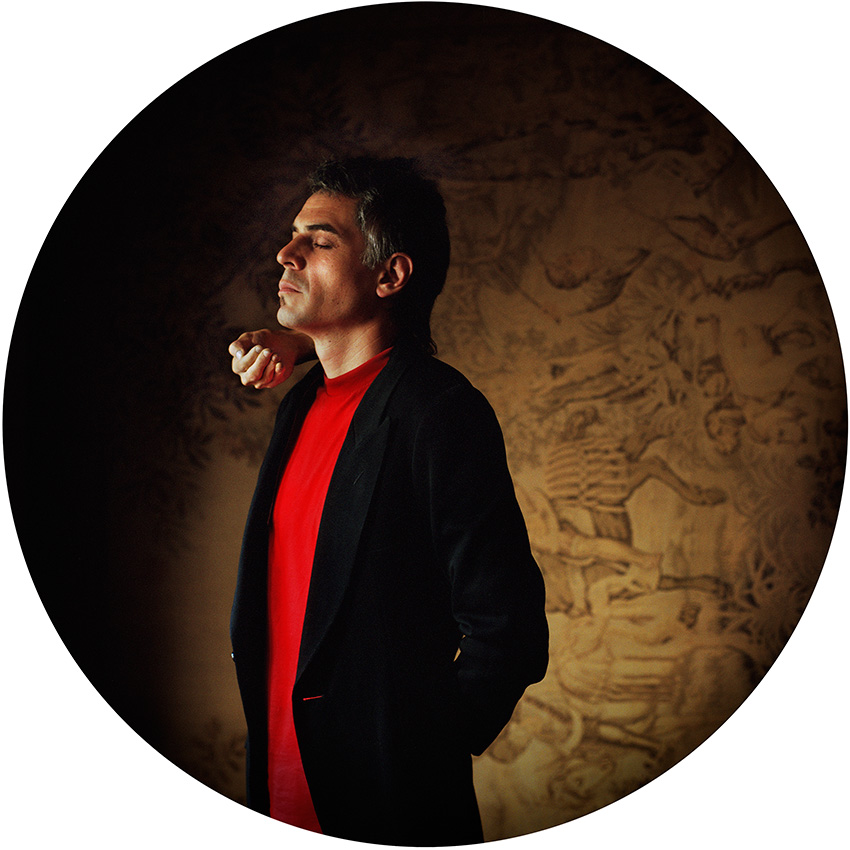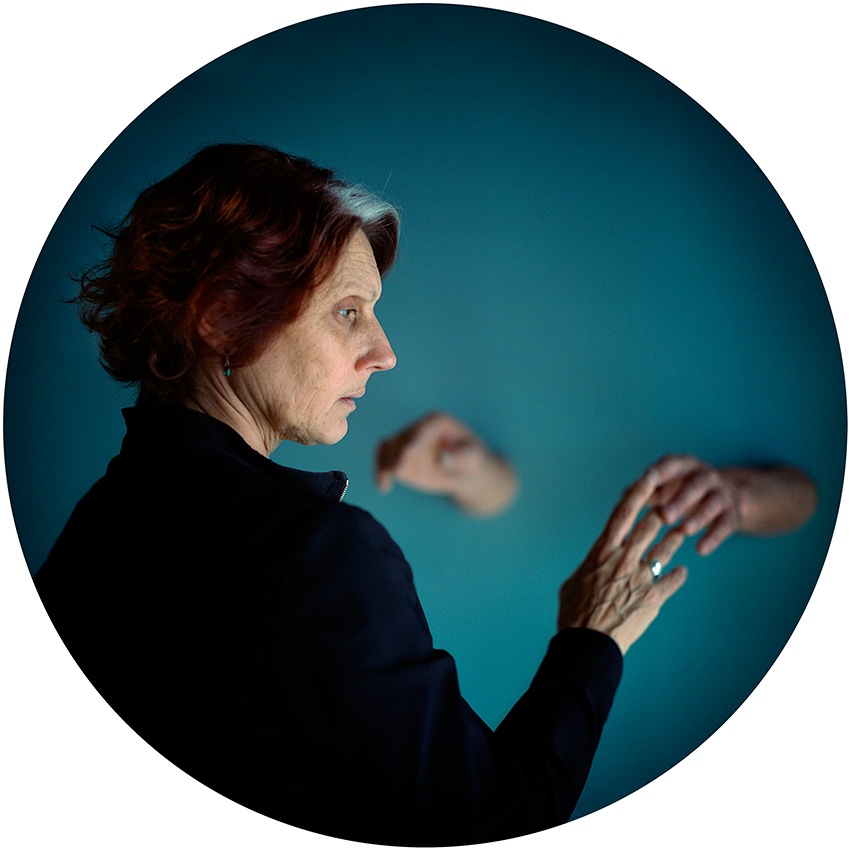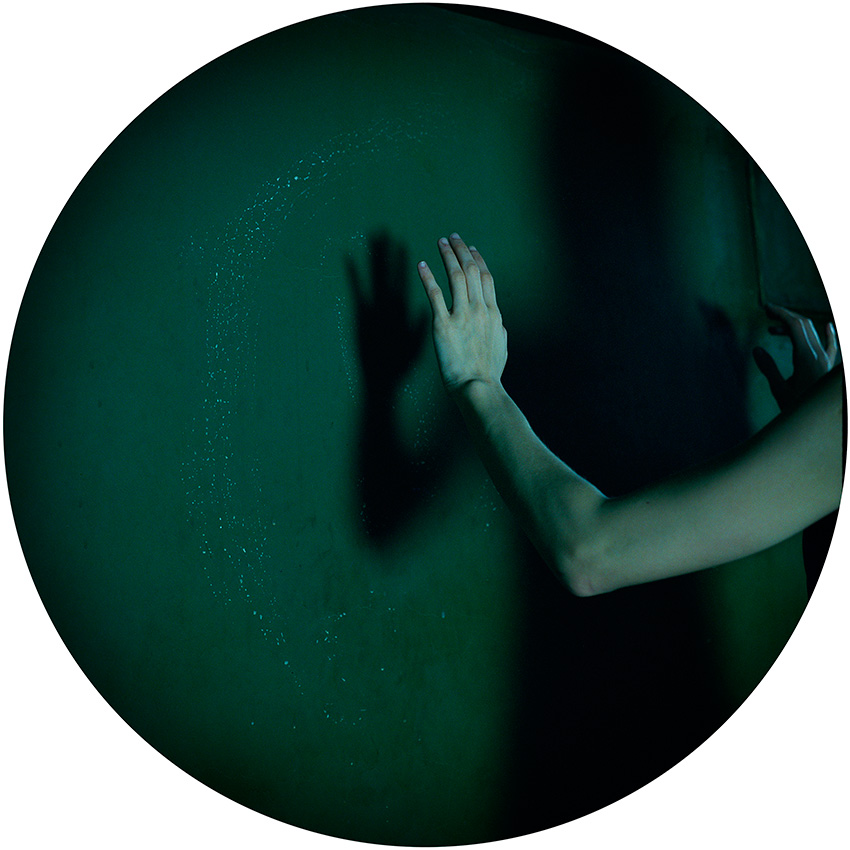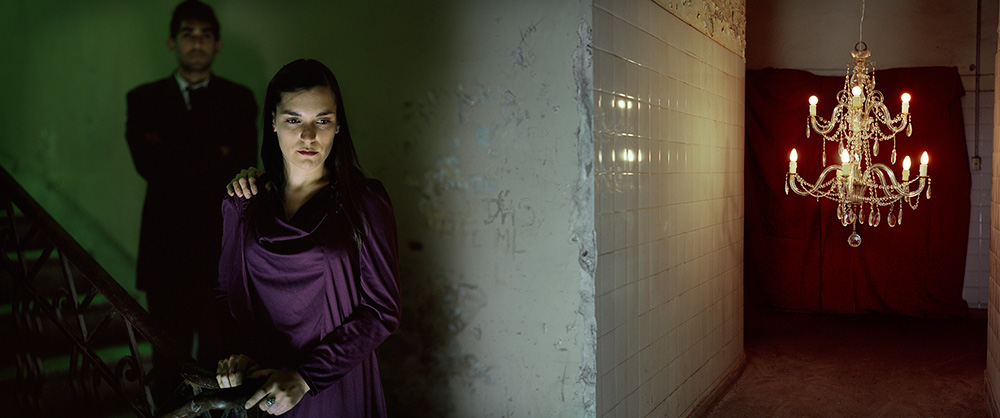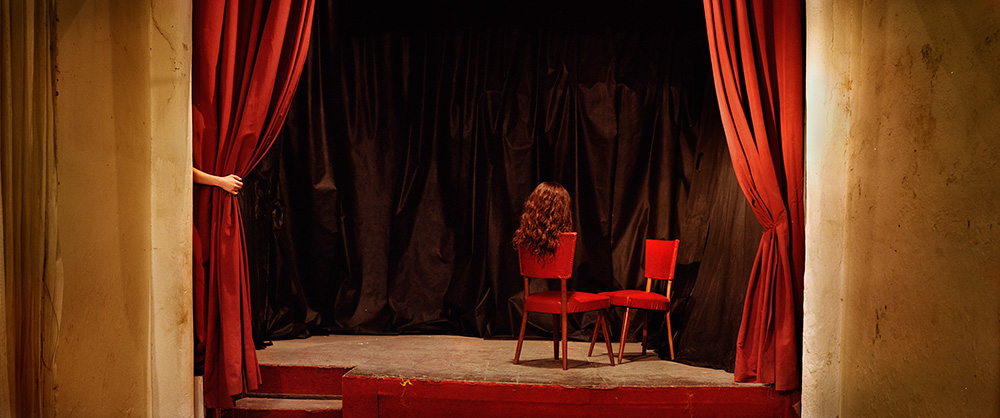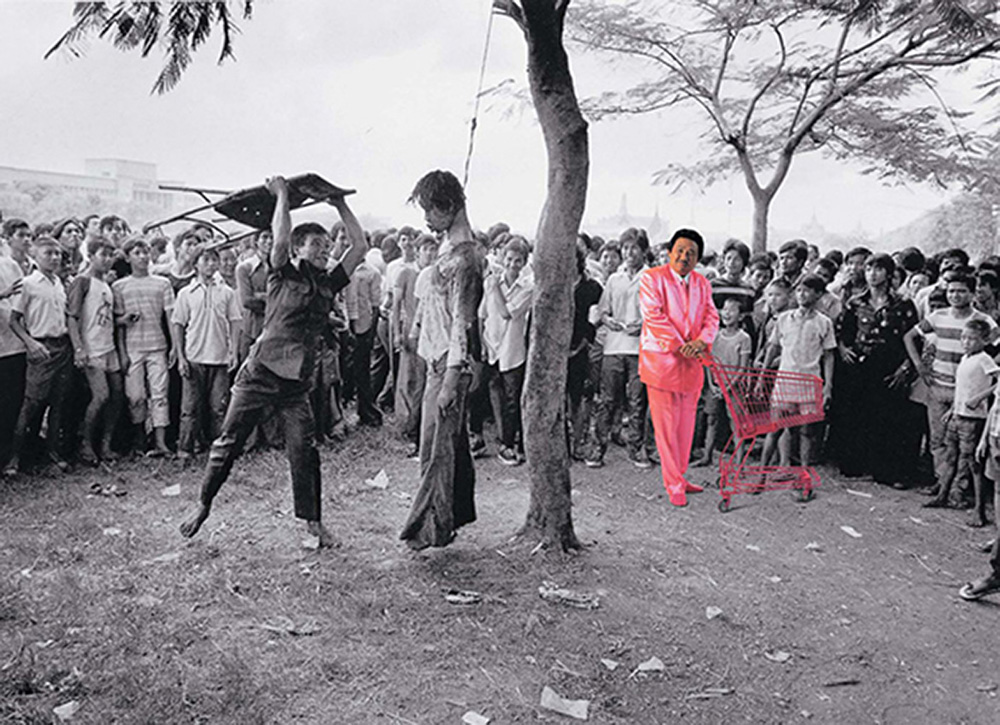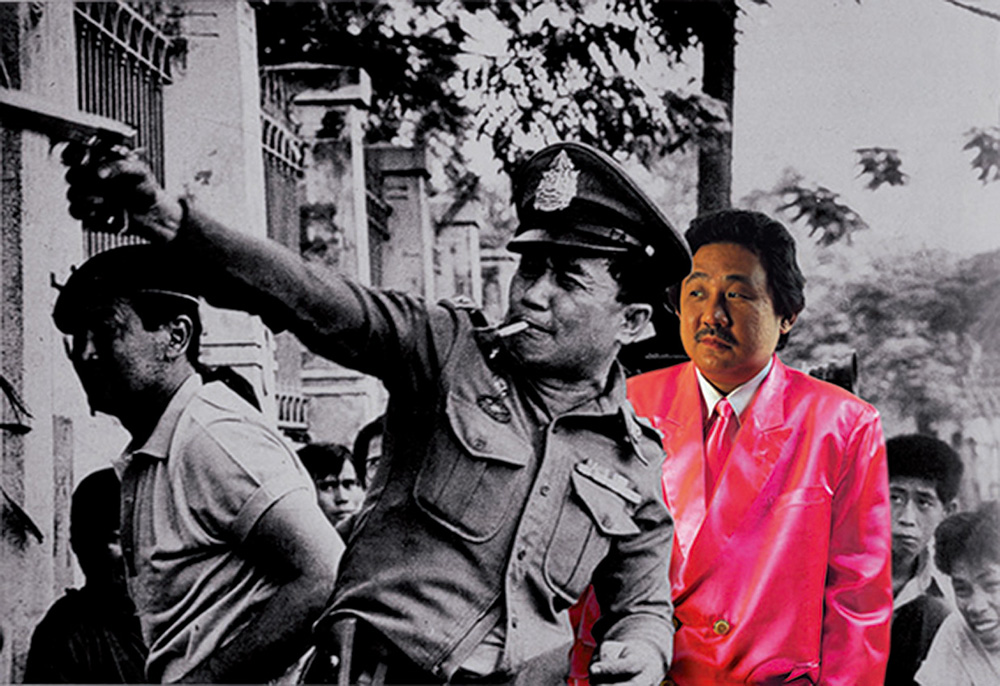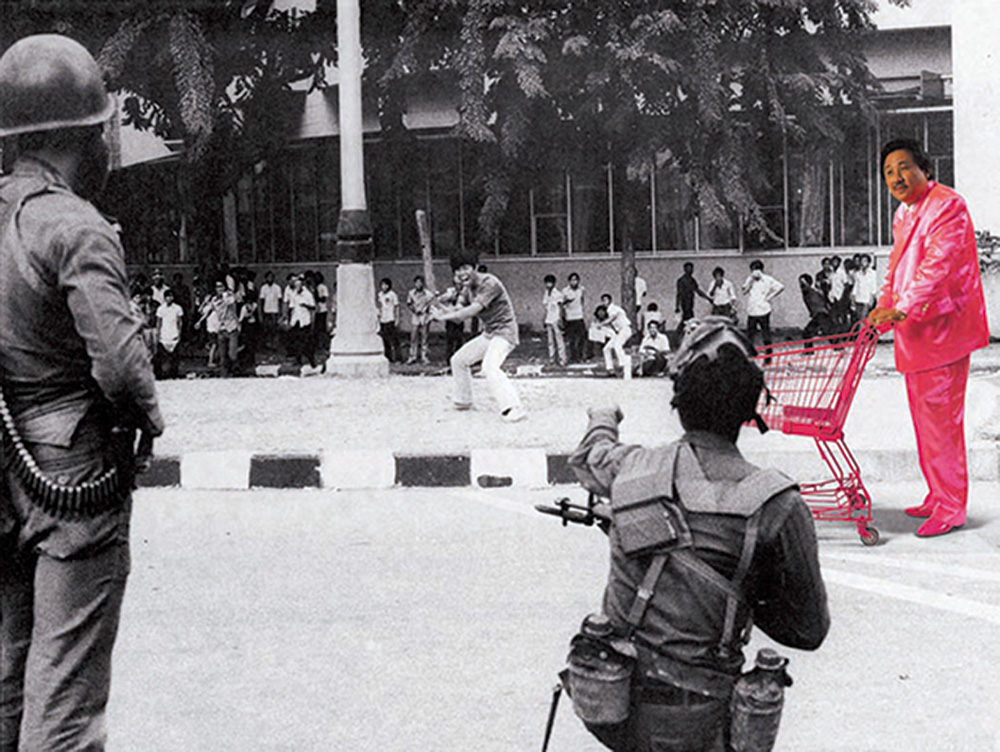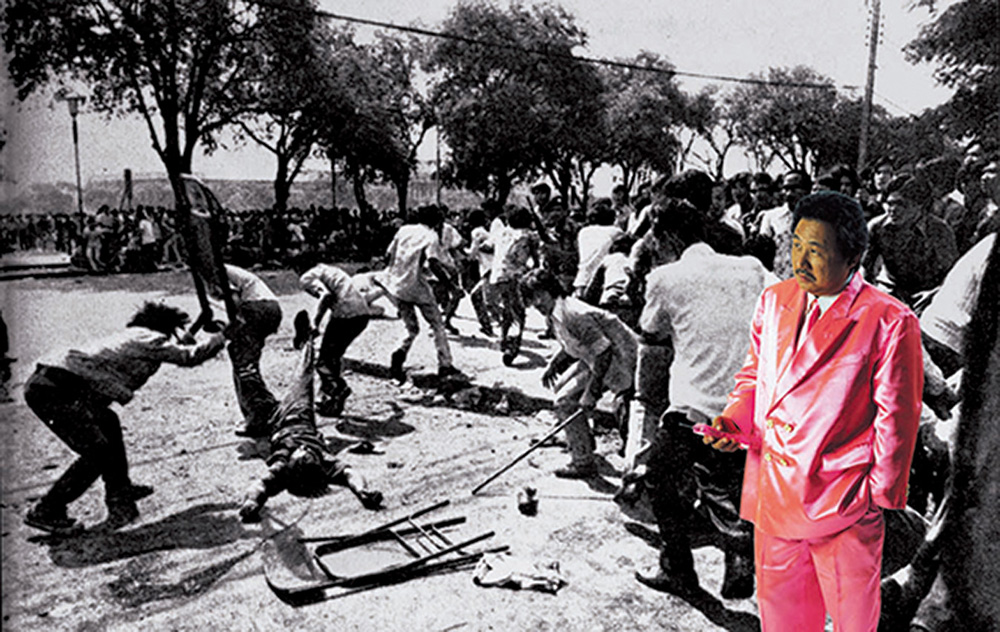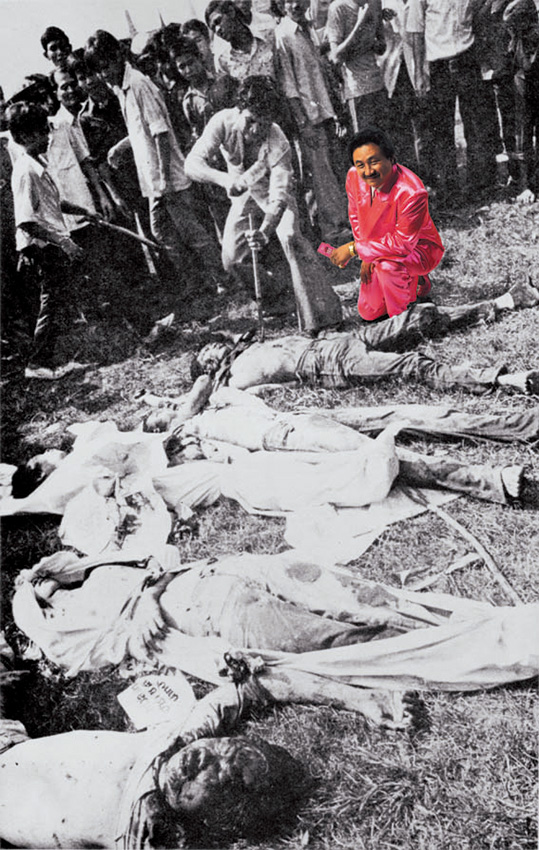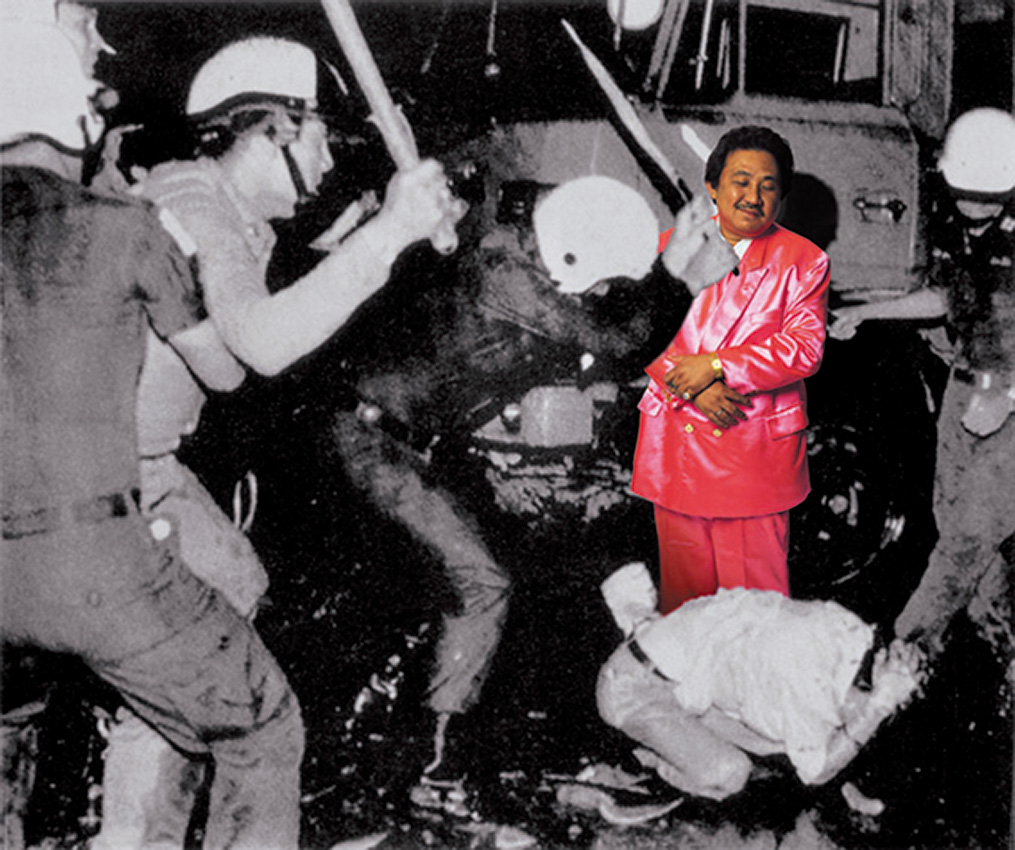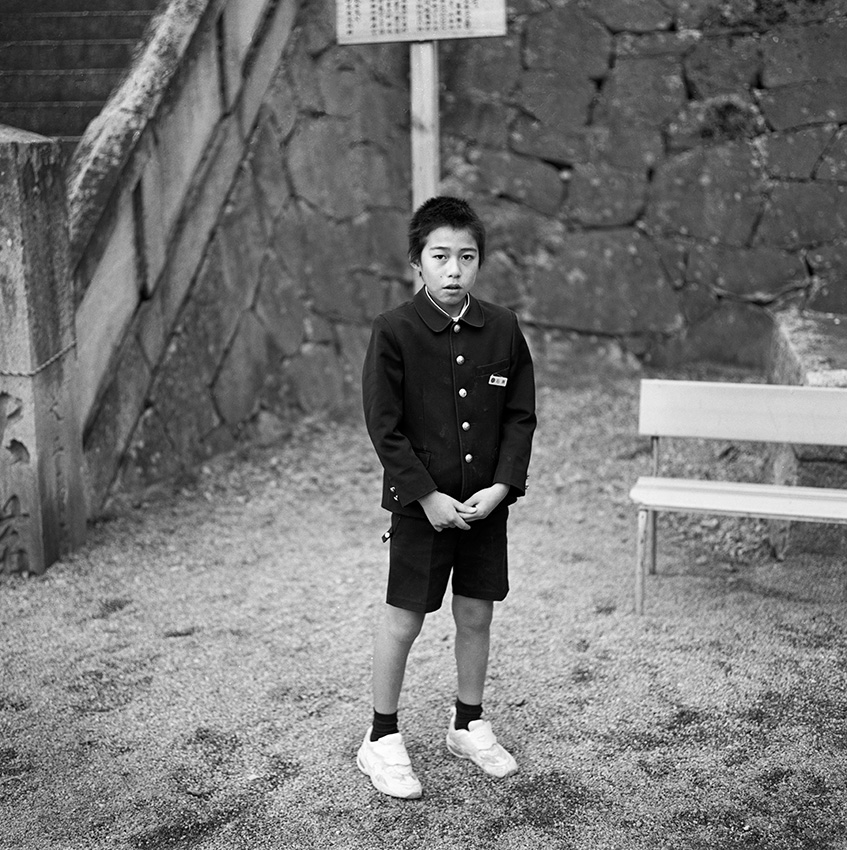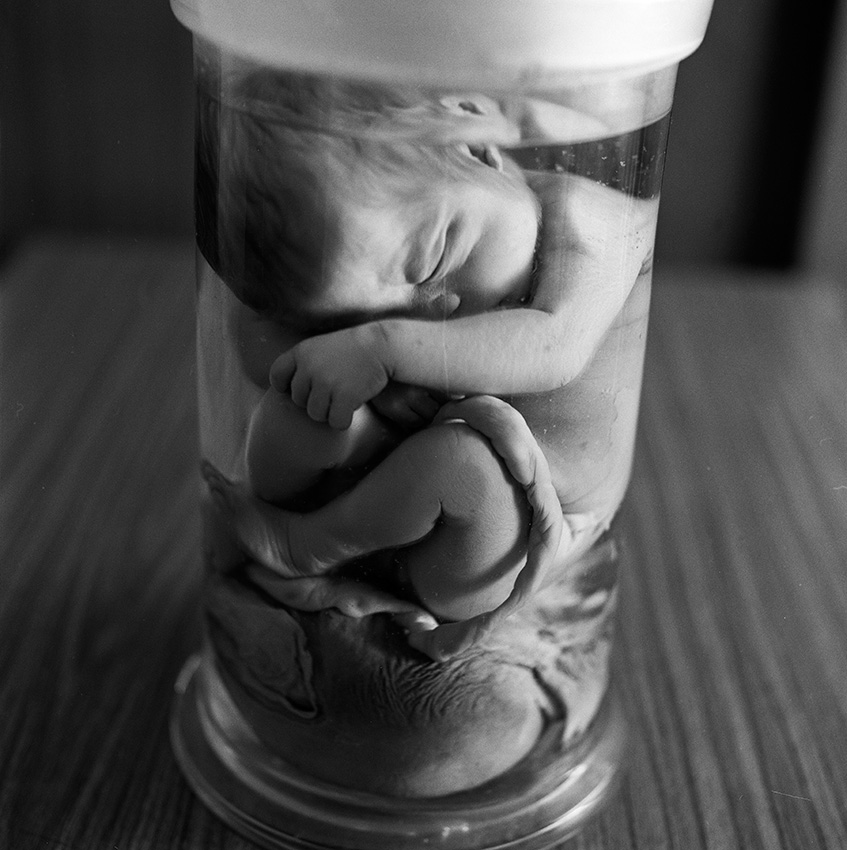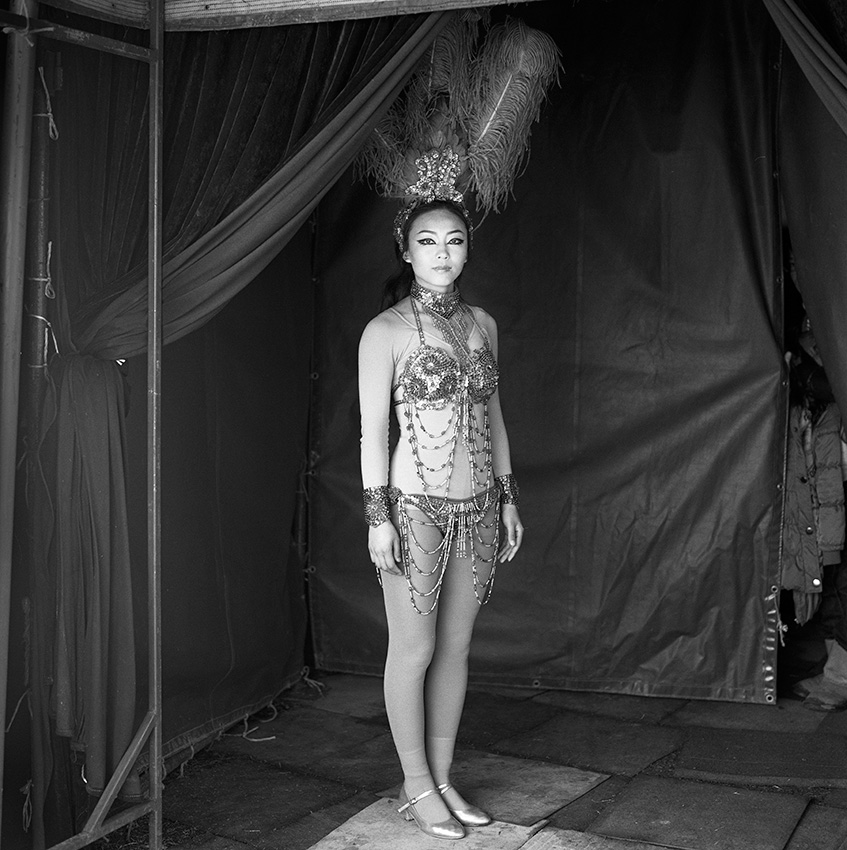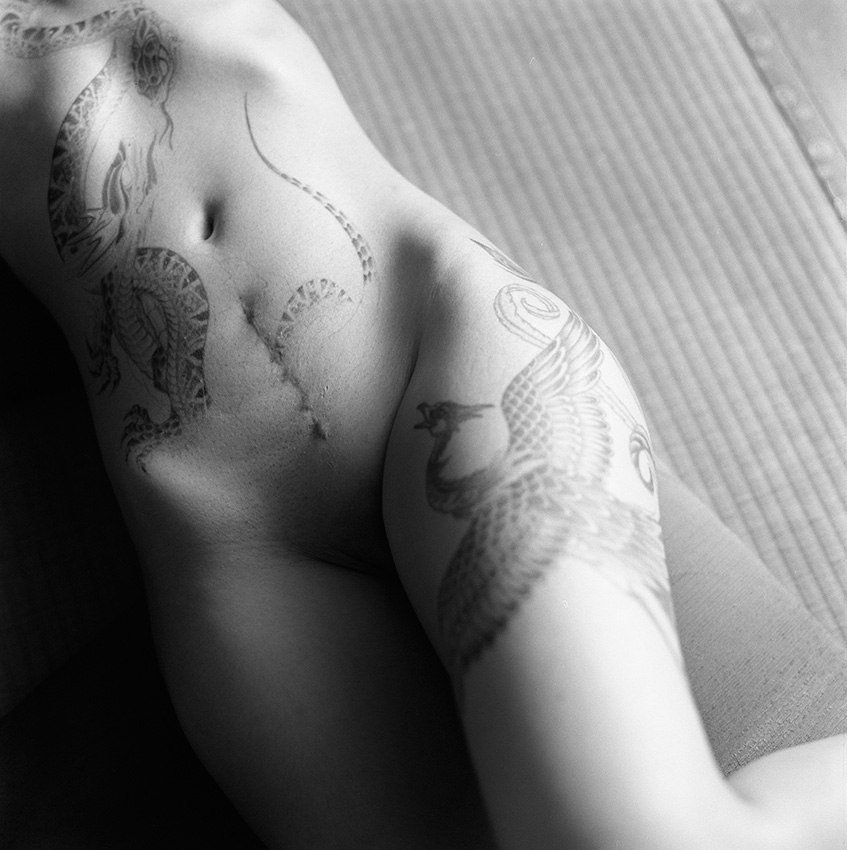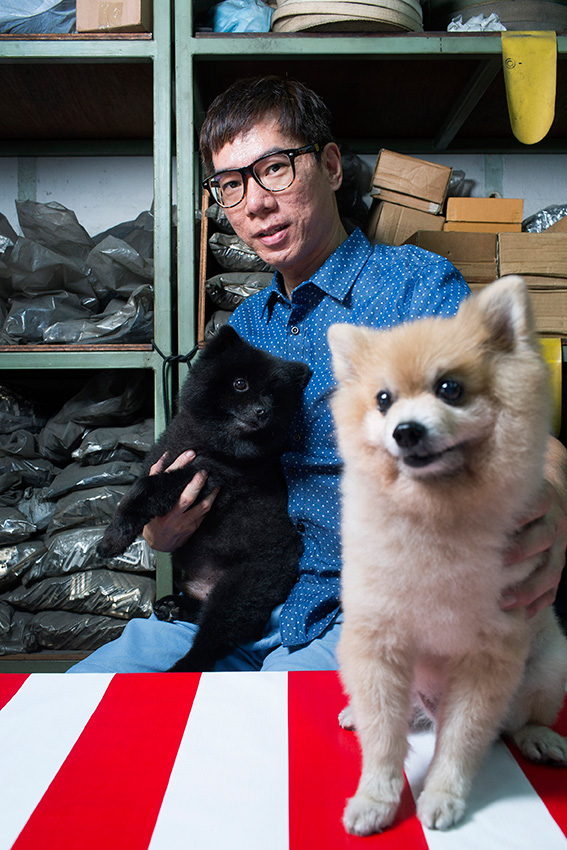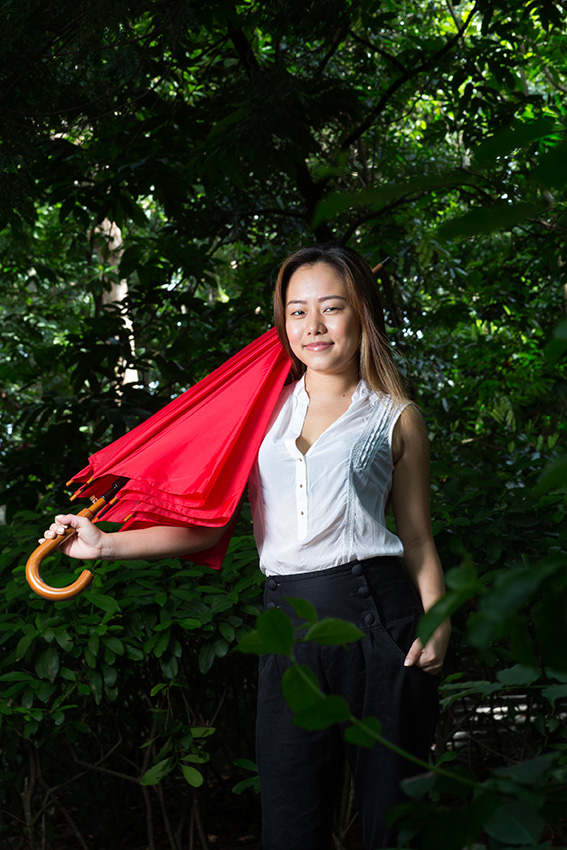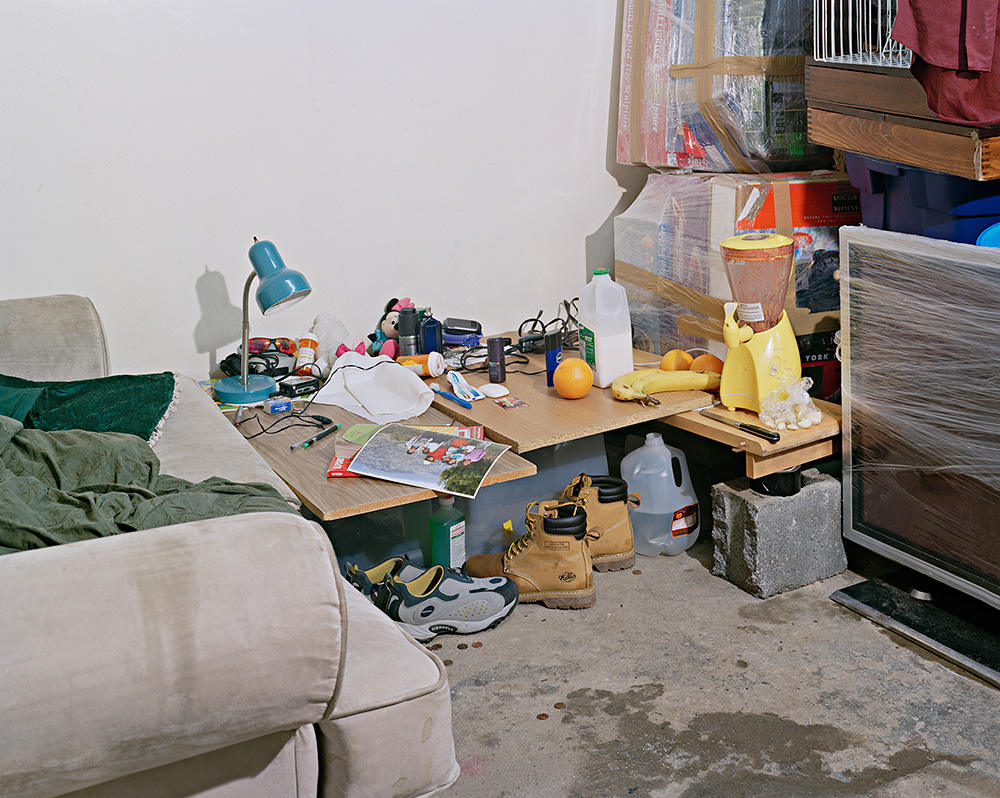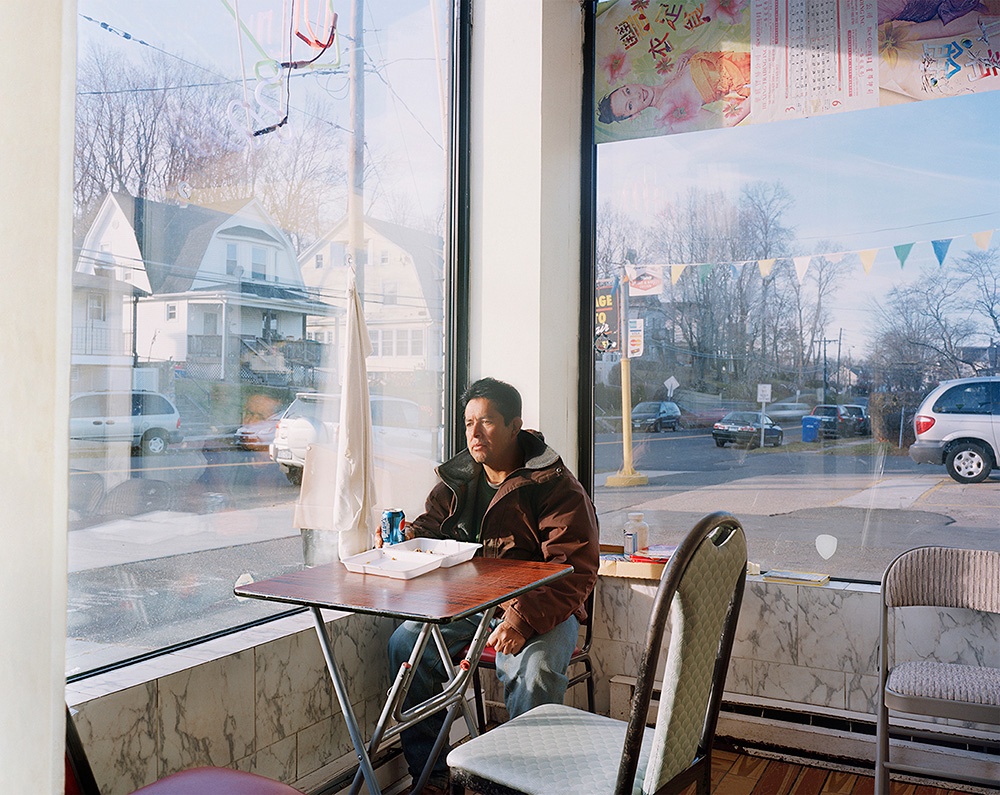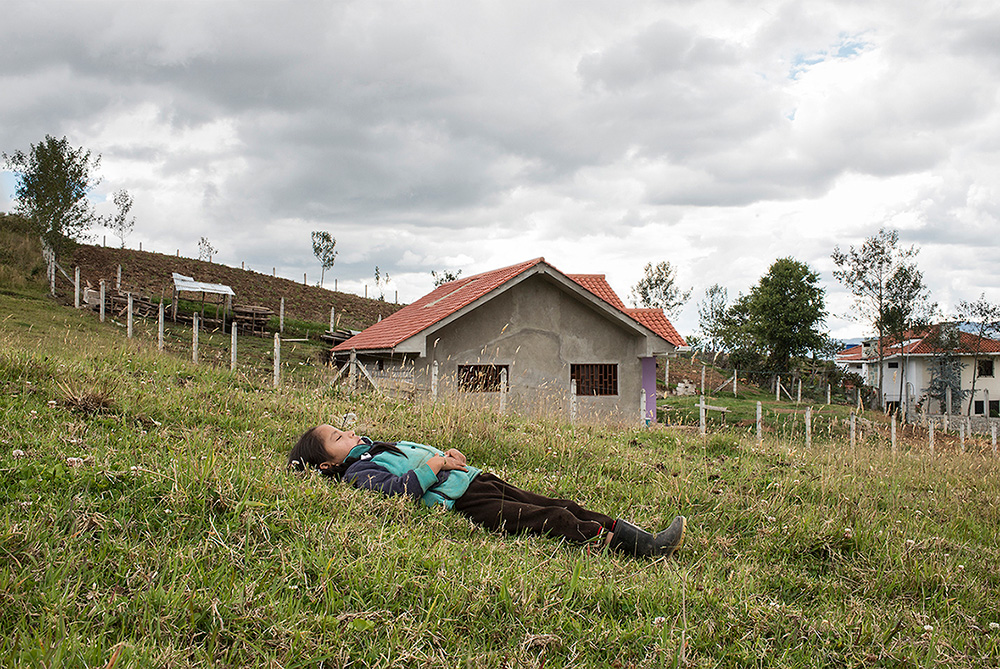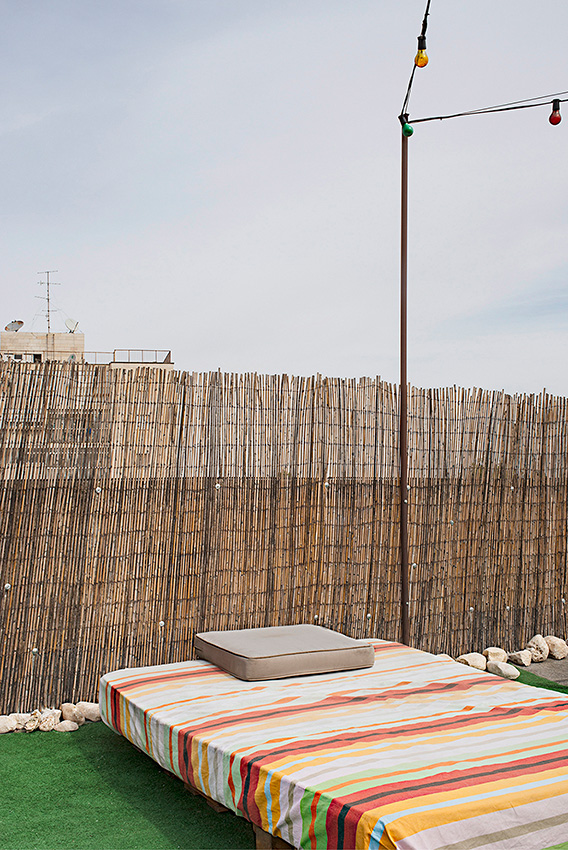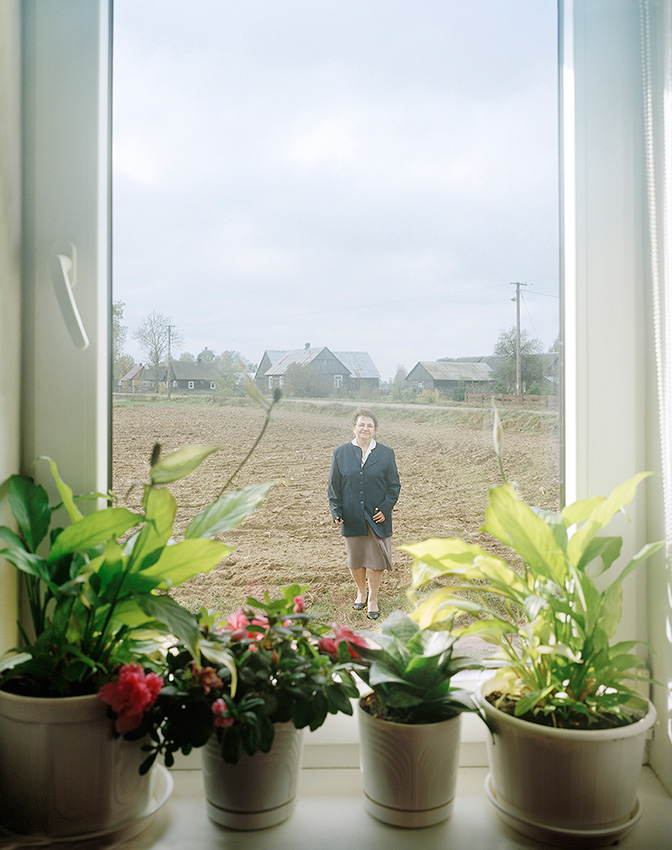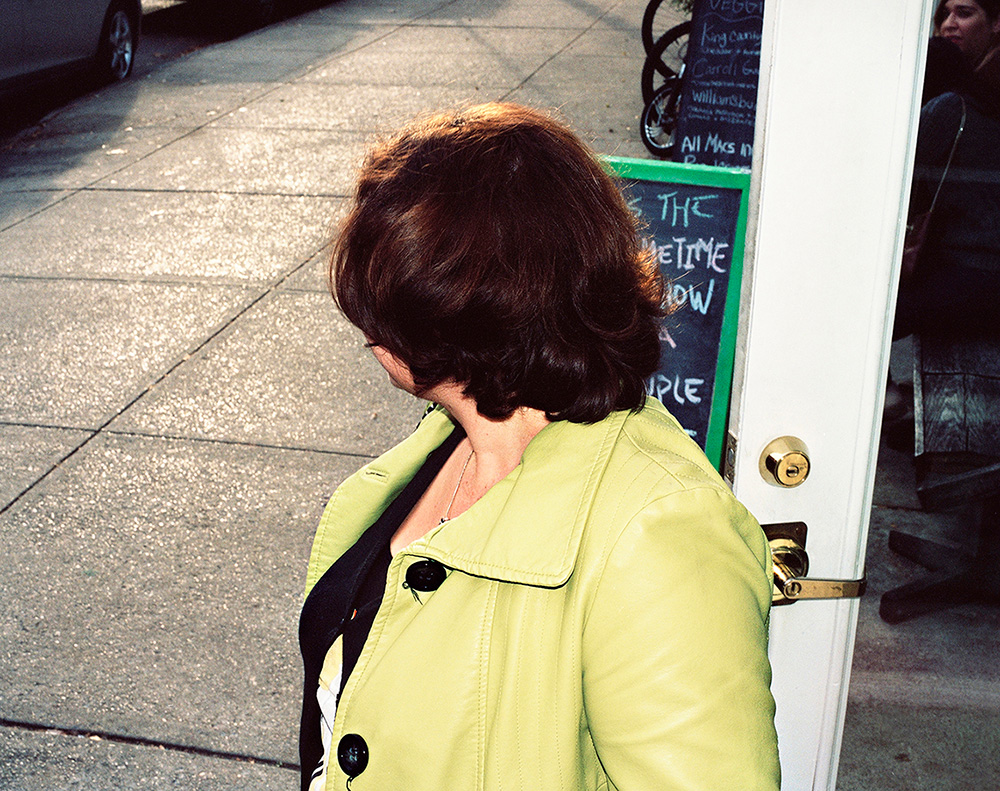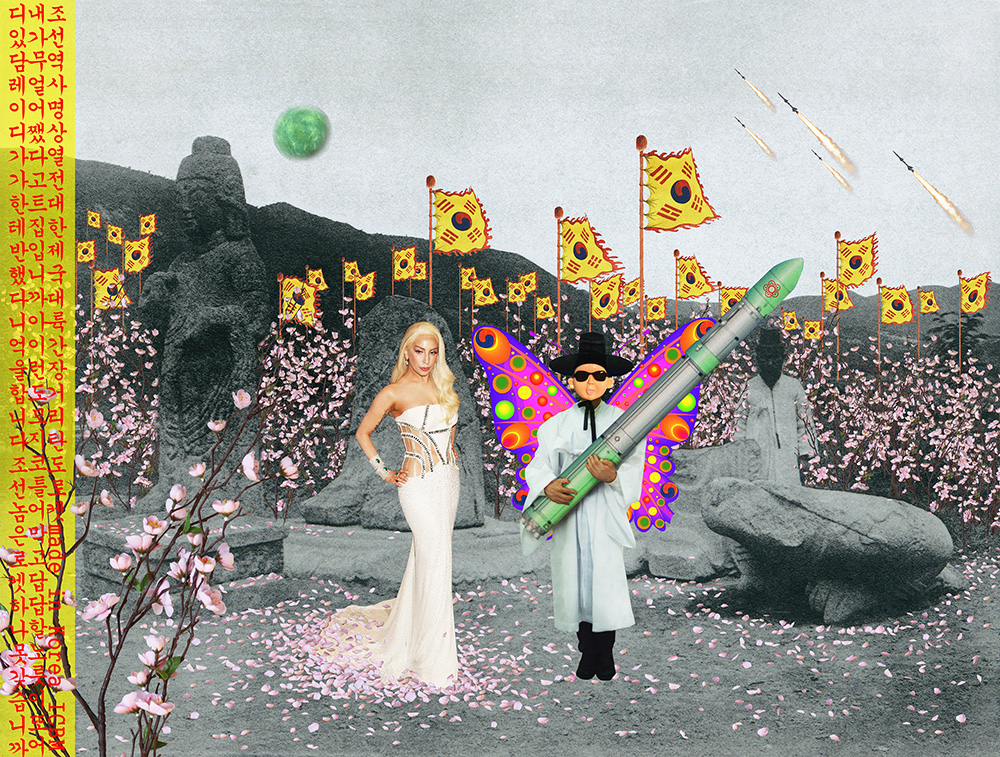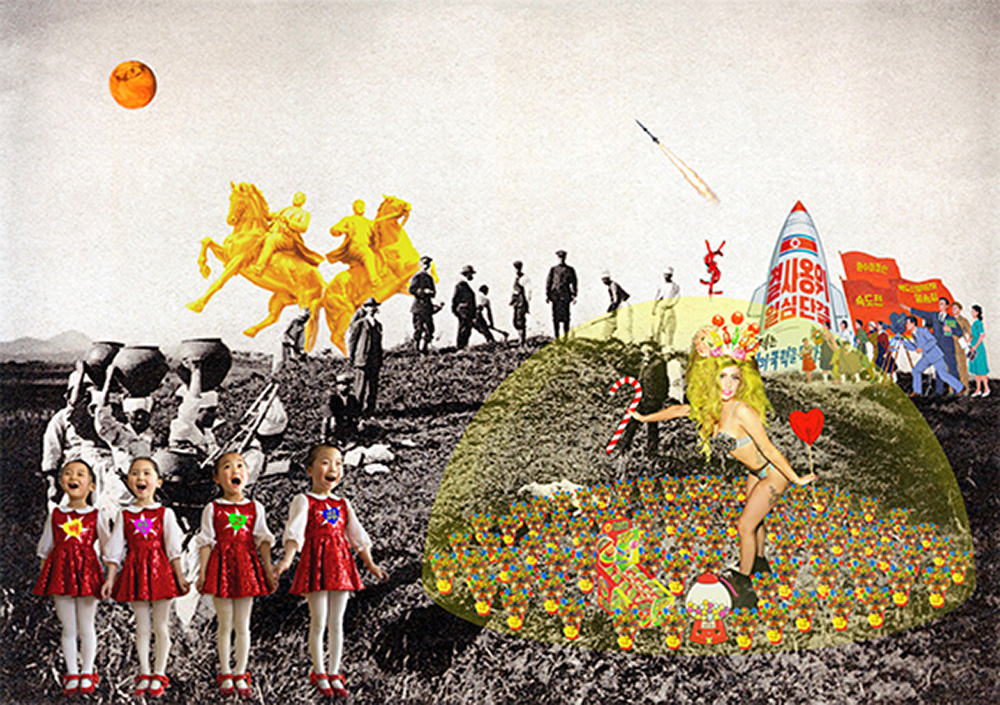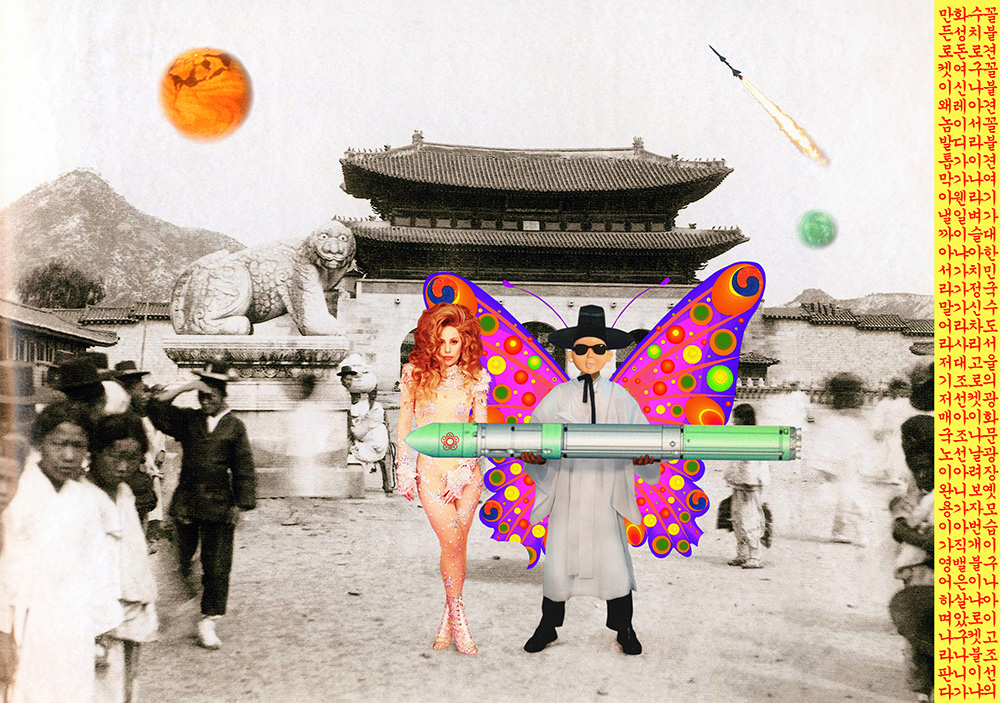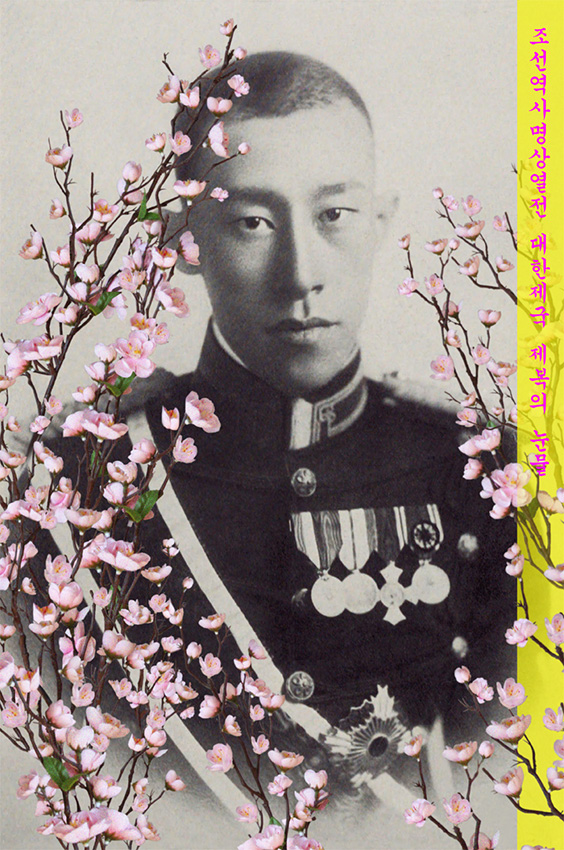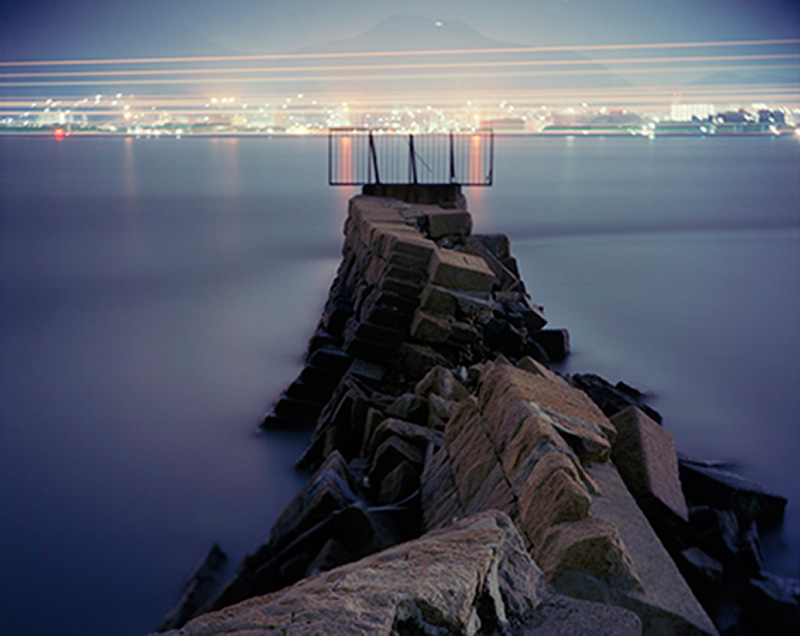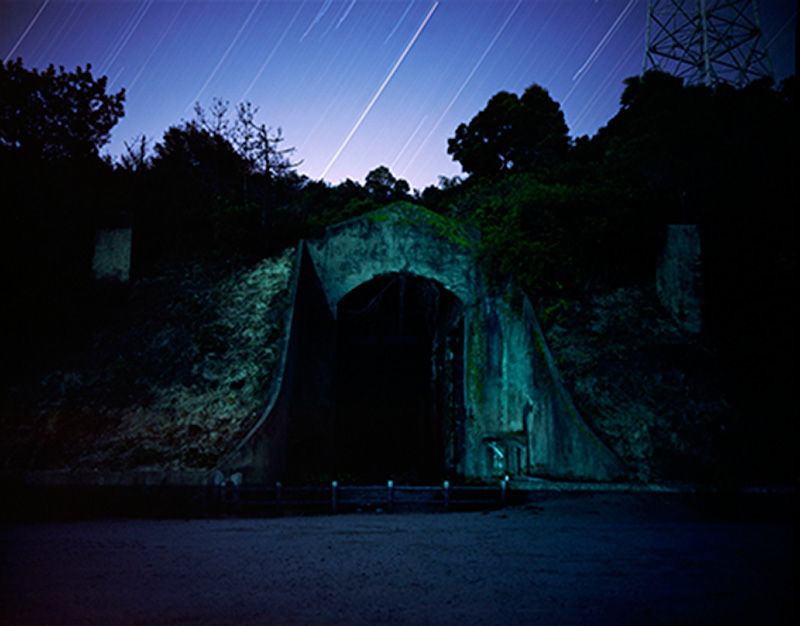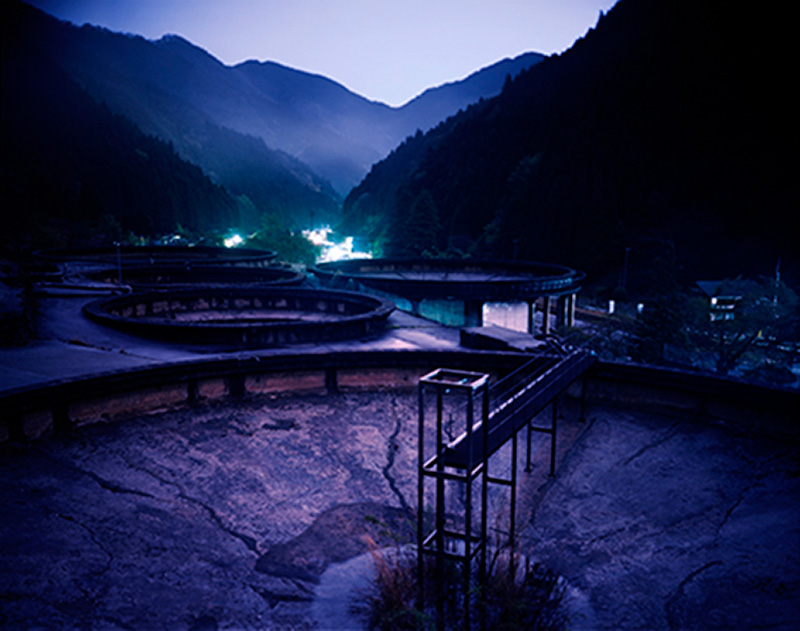What sort of lasting impacts do things of the past have on the people of today? How do historical events, military invasion, emigration, and subjugation, across such vast distances in time, place and people affect us? Through their works, the 13 artists follow the traces that traumatic events from the past leave on the lives of people of the now both on personal and social level.
Chang Chao-Tang
Dinu Li
DOW WASIKSIRI
Gao Rongguo
Luis Gonzales Palma
MANIT SRIWANICHPOOM
Someya Manabu
TAY Kay Chin
박소영
이상현
장태원
조습
Chang Chao-Tang
In Philosophy of Photography, Vilém Flusser wrote “It’s wrong to look for a frozen event in images; ‘rather they replace events by states of things and translate them into scenes.’ “
More he said, “Images are needed to make the world comprehensible. Instead of representing the world, images obscure it until human beings’ lives finally become a function of the images they create.”
As Flusser noted, our reality is magically restructured into a image scenario. Whathat I’ve seen in these years, Igo for them following the whims of my heart. To my surprise, the image reveals its essence of ‘truth’ at its innermost depth at the end.
What grasps me is not a view but a memory, an atmosphere or state, which may real a giant emptiness or silence. It may convey an unexpectedimagination or subtle emotion or evoke a whirl of energy. All the years, I am still trying….try to encounter that decisive moment and capture the image that will breathe and live.
About “Children”, Just like Suejin Shin said “There is not a person in the world who chose her day of birth, Nor is there anyone who came to this world, Knowing whose son and daughter he or she will be….for us to be here, to have come from somewhere in the past, And to envisage the world far in the future, life is still beautiful.”
In Philosophy of Photography, Vilém Flusser wrote “It’s wrong to look for a frozen event in images; ‘rather they replace events by states of things and translate them into scenes.’ “
More he said, “Images are needed to make the world comprehensible. Instead of representing the world, images obscure it until human beings’ lives finally become a function of the images they create.”
As Flusser noted, our reality is magically restructured into a image scenario. Whathat I’ve seen in these years, Igo for them following the whims of my heart. To my surprise, the image reveals its essence of ‘truth’ at its innermost depth at the end.
What grasps me is not a view but a memory, an atmosphere or state, which may real a giant emptiness or silence. It may convey an unexpectedimagination or subtle emotion or evoke a whirl of energy. All the years, I am still trying….try to encounter that decisive moment and capture the image that will breathe and live.
About “Children”, Just like Suejin Shin said “There is not a person in the world who chose her day of birth, Nor is there anyone who came to this world, Knowing whose son and daughter he or she will be….for us to be here, to have come from somewhere in the past, And to envisage the world far in the future, life is still beautiful.”
The Mother of All Journeys
2007
Medium: 35mm slide projection
Projection size: Variable
Series: 80 slides (full carousel)
Duration: approximately 30 seconds per transition
The Mother of All Journeys by Dinu Li, takes it’s inspiration from the memories of the artist’s own mother. Originally told as bed-time stories, his mother’s memories have since become Li’s memories. In 2001, Li worked in collaboration with her, using each other’s recollections as starting points. Embarking on many journeys together, they have attempted to exact the sites of her history. Comparing the actual with figments of their imagination, identifying old haunts transformed in time and the potential of discovering what remain fixed.
Dinu Li’s colour photographs teases out fragmented moments in time, charting rural traditions in a 1920’s China and of communist ideologies during the late 1940’s. Spanning two decades from the mid 50’s, Li turns his attention to a Hong Kong at a stage of transition, morphing from fishing villages into the beginnings of an urban metropolis. Under British administration, it was a time of sweatshops and western influences. And finally, Li focuses on Britain, from a family resettlement in the 70’s era of strikes and de-industrialisation, through to the start of the millennium, of multiculturalism and globalisation.
Aided by family snapshots and Li’s mother’s narration, The Mother of All Journeys triggers a sense of repetition and nostalgia, invoking glimpses of the times we live in. At the core of Li’s work, is a voyage into time, revealing what we remember of a place and what a place might remind us of. It is a sum of the many influences that shape our existence and how identities are formed. Sites loaded with life experiences, lying dormant, waiting to be excavated, examined and reclaimed.
Artist Biography
Dinu Li is a British based multi-discipline artist working across time-based media, installation, found objects and performance. Throughout his practice, Li places himself in a variety of circumstances, responding to his immediate surroundings in an attempt to understand the many cultures he encounters. Li’s output offers a visceral reaction to the world around us within the context of the times we live in. He explores the nuances of the everyday – its many rituals, routines and patterns, in relation to local and global concerns. Recent works have been situated between modes of representation, the vernacular, specific geographic and historical contexts and the intersection between the personal and the political.
Li’s work has been exhibited nationally and internationally, including: the 53rd Venice Biennale; the 3rd Bucharest Biennale; Bildmuseet, Umea, Sweden; Oldenburger Kunstverein, Germany; Alternative Space Loop, Seoul, Korea; Danielle Arnaud, London; Chalk Horse, Sydney through Para/Site Hong Kong; Petra Rietz Salon, Berlin; SVA, New York through Artprojx; Rivington Place, London; White Space 798, Beijing and Christian Roellin, Zurich. He has undertaken residencies with OCAT in Shenzhen, China; ArtSway Production Residency in Hampshire and Chengdu, China; and a Cornerhouse and Space Artists Exchange Residency in Central Asia. He has been a guest speaker for Tate Modern, the Victoria and Albert Museum, The British Museum and is a visiting lecturer across educational institutions in the UK and abroad.
2007
Medium: 35mm slide projection
Projection size: Variable
Series: 80 slides (full carousel)
Duration: approximately 30 seconds per transition
The Mother of All Journeys by Dinu Li, takes it’s inspiration from the memories of the artist’s own mother. Originally told as bed-time stories, his mother’s memories have since become Li’s memories. In 2001, Li worked in collaboration with her, using each other’s recollections as starting points. Embarking on many journeys together, they have attempted to exact the sites of her history. Comparing the actual with figments of their imagination, identifying old haunts transformed in time and the potential of discovering what remain fixed.
Dinu Li’s colour photographs teases out fragmented moments in time, charting rural traditions in a 1920’s China and of communist ideologies during the late 1940’s. Spanning two decades from the mid 50’s, Li turns his attention to a Hong Kong at a stage of transition, morphing from fishing villages into the beginnings of an urban metropolis. Under British administration, it was a time of sweatshops and western influences. And finally, Li focuses on Britain, from a family resettlement in the 70’s era of strikes and de-industrialisation, through to the start of the millennium, of multiculturalism and globalisation.
Aided by family snapshots and Li’s mother’s narration, The Mother of All Journeys triggers a sense of repetition and nostalgia, invoking glimpses of the times we live in. At the core of Li’s work, is a voyage into time, revealing what we remember of a place and what a place might remind us of. It is a sum of the many influences that shape our existence and how identities are formed. Sites loaded with life experiences, lying dormant, waiting to be excavated, examined and reclaimed.
Artist Biography
Dinu Li is a British based multi-discipline artist working across time-based media, installation, found objects and performance. Throughout his practice, Li places himself in a variety of circumstances, responding to his immediate surroundings in an attempt to understand the many cultures he encounters. Li’s output offers a visceral reaction to the world around us within the context of the times we live in. He explores the nuances of the everyday – its many rituals, routines and patterns, in relation to local and global concerns. Recent works have been situated between modes of representation, the vernacular, specific geographic and historical contexts and the intersection between the personal and the political.
Li’s work has been exhibited nationally and internationally, including: the 53rd Venice Biennale; the 3rd Bucharest Biennale; Bildmuseet, Umea, Sweden; Oldenburger Kunstverein, Germany; Alternative Space Loop, Seoul, Korea; Danielle Arnaud, London; Chalk Horse, Sydney through Para/Site Hong Kong; Petra Rietz Salon, Berlin; SVA, New York through Artprojx; Rivington Place, London; White Space 798, Beijing and Christian Roellin, Zurich. He has undertaken residencies with OCAT in Shenzhen, China; ArtSway Production Residency in Hampshire and Chengdu, China; and a Cornerhouse and Space Artists Exchange Residency in Central Asia. He has been a guest speaker for Tate Modern, the Victoria and Albert Museum, The British Museum and is a visiting lecturer across educational institutions in the UK and abroad.
DOW WASIKSIRI
Conversations with the Past
When presented with the colonial photographs in this project I felt an urge to communicate with the people in the pictures. I wanted to tell them how it turned out, what we achieved, what we lost. At first, I sought to make these composites a humorous take about the gulf between past and present. Then I noticed a pattern emerging: most of my props had a logo. But it wasn’t product placement. Surrounded by branding, we lose track of how everyday objects have become proprietary commodities, and how technology transforms what we know.
One effect of putting myself in the pictures is a sense of mutual incomprehension over basic things we could have in common: a toy turns out to be a movie promotion, a shirt is actually part of an internet music meme, a plastic card somehow binds grocery shopping into multinational finance. I leave it to the viewer to decide whether this branded lifestyle is progress, a regression, or the latest wave of colonisation in a history of cycles. Could these bygone Javanese imagine that much of today’s world knows Java™ as a tradename for software or slang for a cup of coffee?
Conversations with the Past
When presented with the colonial photographs in this project I felt an urge to communicate with the people in the pictures. I wanted to tell them how it turned out, what we achieved, what we lost. At first, I sought to make these composites a humorous take about the gulf between past and present. Then I noticed a pattern emerging: most of my props had a logo. But it wasn’t product placement. Surrounded by branding, we lose track of how everyday objects have become proprietary commodities, and how technology transforms what we know.
One effect of putting myself in the pictures is a sense of mutual incomprehension over basic things we could have in common: a toy turns out to be a movie promotion, a shirt is actually part of an internet music meme, a plastic card somehow binds grocery shopping into multinational finance. I leave it to the viewer to decide whether this branded lifestyle is progress, a regression, or the latest wave of colonisation in a history of cycles. Could these bygone Javanese imagine that much of today’s world knows Java™ as a tradename for software or slang for a cup of coffee?
Gao Rongguo
Identical Twins
Nowadays, horoscope goes popular. People would like to judge a person through his or her signs. I don't prefer such ways to understand each other with strong preconceptions. That makes me thinking of some words in western philosophical history. St. Augustine once profoundly attacked horoscope with the twin brother issue in his "Confessions", which was not an original argument by St. Augustine, but derived from the Greek skepticism philosopher Carneades, one of the leaders in Plato’s garden. He said, "People born at the same time, differ in the temperament and fate", "people sharing the same encounters, may not necessarily born in the same moment". For the interpretation of fate, I borrow Confucius’ saying as "fifty to know the fate". There are different explanations about the fate, but the age of fifties is often called the years to know it. So, I decided to photograph identical twins over the age of fifty. He/she used to have the same face, living in the same family, but their lives changed due to various reasons after growing up. I take these identical twins in their fifties face-to-face. This is a way similar to the way one looking into the mirror, "Taking people as mirror, one can know its gain and loss by revealing oneself"
Identical Twins
최근 별자리 운세가 인기다. 사람들은 별자리를 통해 타인을 판단하려 한다. 나는 강한 선입관으로 서로를 이해하려는 그런 방식을 좋아하지 않는다. 그것은 서양철학사에서의 몇몇 이야기를 생각나게 한다. 성 아우구스티누스는 “고백록”에서 별자리를 “쌍둥이 형제 문제로” 공격을 했었다. 그것은 성 아우구스티누스의 독창적인 논쟁이 아니라 플라톤 학파의 일원 중 한 명인 그리스 회의론 철학자 카르네아데스(Carneades)로부터 기인 되었다. 그는 “동시에 태어난 사람들도 기질과 운명에서 다르고, 같이 태어났다고 하는 사람들이 반드시 같은 순간에 태어나지는 않았을 것이다”라고 하였다.
운명의 해석에 대해서 나는 “50세에 천명을 알게 된다”는 공자의 말씀을 빌어 온다. 운명에 대해서는 다양한 해석이 있다. 50세의 나이는 자주 운명을 아는 나이라고 불린다. 따라서 나는 50세 나이의 일란성 쌍둥이를 촬영하기로 결심했다. 그들은 같은 가족과 살며, 같은 얼굴을 갖고 있었다. 그러나 그들의 삶은 성장 후 다양한 이유로 인해 변했다. 50대의 이 일란성 쌍둥이들을 얼굴을 맞대게 하고 촬영한다. 이것은 거울을 바라보는 방식과 유사하다. “거울로써 그들을 촬영하기에 그들은 자신을 드러내며 얻은 것과 잃은 것을 알 수 있다.”
Identical Twins
Nowadays, horoscope goes popular. People would like to judge a person through his or her signs. I don't prefer such ways to understand each other with strong preconceptions. That makes me thinking of some words in western philosophical history. St. Augustine once profoundly attacked horoscope with the twin brother issue in his "Confessions", which was not an original argument by St. Augustine, but derived from the Greek skepticism philosopher Carneades, one of the leaders in Plato’s garden. He said, "People born at the same time, differ in the temperament and fate", "people sharing the same encounters, may not necessarily born in the same moment". For the interpretation of fate, I borrow Confucius’ saying as "fifty to know the fate". There are different explanations about the fate, but the age of fifties is often called the years to know it. So, I decided to photograph identical twins over the age of fifty. He/she used to have the same face, living in the same family, but their lives changed due to various reasons after growing up. I take these identical twins in their fifties face-to-face. This is a way similar to the way one looking into the mirror, "Taking people as mirror, one can know its gain and loss by revealing oneself"
Identical Twins
최근 별자리 운세가 인기다. 사람들은 별자리를 통해 타인을 판단하려 한다. 나는 강한 선입관으로 서로를 이해하려는 그런 방식을 좋아하지 않는다. 그것은 서양철학사에서의 몇몇 이야기를 생각나게 한다. 성 아우구스티누스는 “고백록”에서 별자리를 “쌍둥이 형제 문제로” 공격을 했었다. 그것은 성 아우구스티누스의 독창적인 논쟁이 아니라 플라톤 학파의 일원 중 한 명인 그리스 회의론 철학자 카르네아데스(Carneades)로부터 기인 되었다. 그는 “동시에 태어난 사람들도 기질과 운명에서 다르고, 같이 태어났다고 하는 사람들이 반드시 같은 순간에 태어나지는 않았을 것이다”라고 하였다.
운명의 해석에 대해서 나는 “50세에 천명을 알게 된다”는 공자의 말씀을 빌어 온다. 운명에 대해서는 다양한 해석이 있다. 50세의 나이는 자주 운명을 아는 나이라고 불린다. 따라서 나는 50세 나이의 일란성 쌍둥이를 촬영하기로 결심했다. 그들은 같은 가족과 살며, 같은 얼굴을 갖고 있었다. 그러나 그들의 삶은 성장 후 다양한 이유로 인해 변했다. 50대의 이 일란성 쌍둥이들을 얼굴을 맞대게 하고 촬영한다. 이것은 거울을 바라보는 방식과 유사하다. “거울로써 그들을 촬영하기에 그들은 자신을 드러내며 얻은 것과 잃은 것을 알 수 있다.”
Luis Gonzales Palma
Artist statement
From the beginning, my work has been a reflection on the look. How do we construct our internal experience of a couple of eyes fixedly staring at us? How are the shadows, brilliance and all implicit geography within each photograph interpreted and elaborated inside of us?
If the way we look is concocted from the social and cultural, we may conclude that all looks are political and all artistic production is subject to this kind of judgment. The glance as power. From this point of view, I feel that the work of art is a possibility of evidencing this, of questioning the way in which we look, of interrogating the history that has produced these "glance grades" and, therefore, the ways in which we react to the world. In my artistic process I have tried to create images that invite the observer to examine by means of what I call "emotional contemplation"; assigning, through the beauty in them, the meaning of their shape.
I have constructed scenarios and I have modified certain countenances through the years in order to create images that would permit other perceptions of the world, other ways of understanding and modifying it internally.
In the first period of my work, I focused on creating certain metaphors by means of frontal portraits of fixed, direct stares, that exposed the dignity of the models and, simultaneously, made evident the fragility of their being: the countenance was a pretext to represent human condition. Portraits in which the loneliness and yet emotional firmness of the subjects could be sensed and in which the glance established a space of contradictions and ambiguities. In this series of portraits, mainly of Guatemalans, the countenance served as a mirror in which I looked at myself, wondered and searched for meaning. In those portraits, the strength of the glance lies on the power it has to reverse my own and this power reaches its most intense value if it manages to reverse the spectator’s as well, with the same strength and impetus as it presents to him. To the observer, to discover himself in this internal, silent glance, accompanied by this immobile countenance that stares back at him, means to become aware that we all share a common destiny. A reflection on beauty as fragility, memory as pain and time as a continuous fall. Photography presents death with open eyes.
At present, after capital life changes, both emotional and geographical, I have been working on a different representation, In collaboration with my partner and wife, Graciela De Oliveira, always using my personal obsessions as a starting point: beauty as a political power; religious experience loaded with love and pain, as a reading of the articulation between man and world; in a fallen society of vacuous interpersonal relations, in which healthy bonds are scarce given the complexity of emotions.
This whole new series, entitled “Jerarquías de Intimidad” (Intimacy Hierarchies, 2004- 2005) was produced in Argentina. In it, I have tried to represent some scenes charged with significant psychological experiences, "empowering" them (through the title of the photo) with dialogues that are part of a silent script in apparently disconnected films. An essay consisting of mystery- filled images, also full of tension, and that present a halted, disturbing drama in which each photo acts as an instant of a dream that is prolonged and in which timeless figures are like wounds of the memory .
In each of the images the visible body and the object are vehicles to enter a secret but bright world, openly presented although encapsulated, that refuses touch but offers itself to the glance, in the same way as religious iconography. The set up presents the time of the unconscious with its free association, its longings and fears; human acts have been intertwined inside an unreal world which is out of phase; death is staged again inside the sacred radiance of the golden glaze.
I have conceived these projects, the most recent ones, with the desire that image could contain, and somehow highlight and express, the invisible. Word and fundamental experience that sustains this whole visual adventure. Like that which is unseen when seen; unspoken when spoken, like all those silences that a symphony contains; this work is an intimate and very personal attempt at shaping the ghosts that rule personal relationships, religious hierarchies; well, shaping all those that rule politics and life.
Artist statement
From the beginning, my work has been a reflection on the look. How do we construct our internal experience of a couple of eyes fixedly staring at us? How are the shadows, brilliance and all implicit geography within each photograph interpreted and elaborated inside of us?
If the way we look is concocted from the social and cultural, we may conclude that all looks are political and all artistic production is subject to this kind of judgment. The glance as power. From this point of view, I feel that the work of art is a possibility of evidencing this, of questioning the way in which we look, of interrogating the history that has produced these "glance grades" and, therefore, the ways in which we react to the world. In my artistic process I have tried to create images that invite the observer to examine by means of what I call "emotional contemplation"; assigning, through the beauty in them, the meaning of their shape.
I have constructed scenarios and I have modified certain countenances through the years in order to create images that would permit other perceptions of the world, other ways of understanding and modifying it internally.
In the first period of my work, I focused on creating certain metaphors by means of frontal portraits of fixed, direct stares, that exposed the dignity of the models and, simultaneously, made evident the fragility of their being: the countenance was a pretext to represent human condition. Portraits in which the loneliness and yet emotional firmness of the subjects could be sensed and in which the glance established a space of contradictions and ambiguities. In this series of portraits, mainly of Guatemalans, the countenance served as a mirror in which I looked at myself, wondered and searched for meaning. In those portraits, the strength of the glance lies on the power it has to reverse my own and this power reaches its most intense value if it manages to reverse the spectator’s as well, with the same strength and impetus as it presents to him. To the observer, to discover himself in this internal, silent glance, accompanied by this immobile countenance that stares back at him, means to become aware that we all share a common destiny. A reflection on beauty as fragility, memory as pain and time as a continuous fall. Photography presents death with open eyes.
At present, after capital life changes, both emotional and geographical, I have been working on a different representation, In collaboration with my partner and wife, Graciela De Oliveira, always using my personal obsessions as a starting point: beauty as a political power; religious experience loaded with love and pain, as a reading of the articulation between man and world; in a fallen society of vacuous interpersonal relations, in which healthy bonds are scarce given the complexity of emotions.
This whole new series, entitled “Jerarquías de Intimidad” (Intimacy Hierarchies, 2004- 2005) was produced in Argentina. In it, I have tried to represent some scenes charged with significant psychological experiences, "empowering" them (through the title of the photo) with dialogues that are part of a silent script in apparently disconnected films. An essay consisting of mystery- filled images, also full of tension, and that present a halted, disturbing drama in which each photo acts as an instant of a dream that is prolonged and in which timeless figures are like wounds of the memory .
In each of the images the visible body and the object are vehicles to enter a secret but bright world, openly presented although encapsulated, that refuses touch but offers itself to the glance, in the same way as religious iconography. The set up presents the time of the unconscious with its free association, its longings and fears; human acts have been intertwined inside an unreal world which is out of phase; death is staged again inside the sacred radiance of the golden glaze.
I have conceived these projects, the most recent ones, with the desire that image could contain, and somehow highlight and express, the invisible. Word and fundamental experience that sustains this whole visual adventure. Like that which is unseen when seen; unspoken when spoken, like all those silences that a symphony contains; this work is an intimate and very personal attempt at shaping the ghosts that rule personal relationships, religious hierarchies; well, shaping all those that rule politics and life.
MANIT SRIWANICHPOOM
Horror in Pink, 2001
Pink Man performed by Sompong Thawee
Q: What did they die for?
A: So we can go shopping.
How shocking when, last year, more than a million voters elected Samak Sundaravej their new governor of Bangkok in 2000. I was flabbergasted. Was not this the same Samak who back in October 1976 went on radio to urge that brute force be used against pro-democracy protesters, in the events that culminated in the most horrifying massacre in Bangkok history?
I asked myself: Has everyone forgotten? Does ‘October 6’ mean nothing to us now? Do we even care? Have we learned nothing from history?
Because of this, I don’t think it would be too much for me to hold that ‘Pink Man’ stands for present day Thailand. While out shopping, the man in the obscene pink satin suit with a matching obscene pink shopping cart – a soulless man without a conscience to trouble him – amuses himself by joining the ogling crowd in news photographs of unimaginable cruelty from the May Massacre and events of 14 and 6 October. My, he’s really getting his rocks off. How he enjoys himself.
Note: 14 October 1973, 6 October 1976 and May 1992 massacre are blood-soaked milestones in the long Thai struggle for democracy.
Horror in Pink, 2001
Sompong Thawee가 Pink Man을 연기함
질문: 그들이 무엇 때문에 죽었는가?
답: 그래서 우리가 쇼핑 갈 수 있어요.
작년, 백만 명 이상의 유권자들이 사막 순다라벳(Samak Sundaravej)을 2000년 방콕의 새로운 시장으로 선출했을 때 얼마나 놀랐었는지. 나는 경악을 금치 못했다. 1976년 10월 방콕의 역사상 가장 잔혹했던 대학살에 정점을 이루었던 사건들에서, 친민주주의 시위자들에 대해 강경 진압을 라디오에서 촉구했던 자가 바로 그 사막이지 않았는가?
나는 자문해보았다. 모두들 다 잊었을까? ‘10월 6일’은 오늘날의 우리들에겐 아무 의미도 아닌가? 관심조차 있을까? 역사로부터 아무 것도 배우지 않는단 말인가?
이 이유로, ‘핑크 맨(Pink Man)’이 태국의 오늘을 대표한다는 것이 지나치다고 생각하지 않는다. 자극적인 형광 분홍생의 새틴양복을 입고 쇼핑을 하는 핑크 맨은 매치가 되는 같은 색의 야광 분홍색의 카트를 끌고 있다. 그를 불편하게 하는 것은 없는 듯, 무감각한 핑크 맨은 5월의 대학살과 10월 6일과 14일 사건들의 상상할 수도 없이 잔혹한 사진 속에서 대중들과 합류하는 것을 즐기고 있다. 맙소사, 그는 정말로 상황을 즐거워하고 있다.
Note: 1973년 10월 14일, 1976년 10월 6일, 1992년 5월 대학살은 민주주의를 위한 태국인들의 오랜 투쟁을 피로 얼룩지게 한 가장 중요한 사건들이다.
Horror in Pink, 2001
Pink Man performed by Sompong Thawee
Q: What did they die for?
A: So we can go shopping.
How shocking when, last year, more than a million voters elected Samak Sundaravej their new governor of Bangkok in 2000. I was flabbergasted. Was not this the same Samak who back in October 1976 went on radio to urge that brute force be used against pro-democracy protesters, in the events that culminated in the most horrifying massacre in Bangkok history?
I asked myself: Has everyone forgotten? Does ‘October 6’ mean nothing to us now? Do we even care? Have we learned nothing from history?
Because of this, I don’t think it would be too much for me to hold that ‘Pink Man’ stands for present day Thailand. While out shopping, the man in the obscene pink satin suit with a matching obscene pink shopping cart – a soulless man without a conscience to trouble him – amuses himself by joining the ogling crowd in news photographs of unimaginable cruelty from the May Massacre and events of 14 and 6 October. My, he’s really getting his rocks off. How he enjoys himself.
Note: 14 October 1973, 6 October 1976 and May 1992 massacre are blood-soaked milestones in the long Thai struggle for democracy.
Horror in Pink, 2001
Sompong Thawee가 Pink Man을 연기함
질문: 그들이 무엇 때문에 죽었는가?
답: 그래서 우리가 쇼핑 갈 수 있어요.
작년, 백만 명 이상의 유권자들이 사막 순다라벳(Samak Sundaravej)을 2000년 방콕의 새로운 시장으로 선출했을 때 얼마나 놀랐었는지. 나는 경악을 금치 못했다. 1976년 10월 방콕의 역사상 가장 잔혹했던 대학살에 정점을 이루었던 사건들에서, 친민주주의 시위자들에 대해 강경 진압을 라디오에서 촉구했던 자가 바로 그 사막이지 않았는가?
나는 자문해보았다. 모두들 다 잊었을까? ‘10월 6일’은 오늘날의 우리들에겐 아무 의미도 아닌가? 관심조차 있을까? 역사로부터 아무 것도 배우지 않는단 말인가?
이 이유로, ‘핑크 맨(Pink Man)’이 태국의 오늘을 대표한다는 것이 지나치다고 생각하지 않는다. 자극적인 형광 분홍생의 새틴양복을 입고 쇼핑을 하는 핑크 맨은 매치가 되는 같은 색의 야광 분홍색의 카트를 끌고 있다. 그를 불편하게 하는 것은 없는 듯, 무감각한 핑크 맨은 5월의 대학살과 10월 6일과 14일 사건들의 상상할 수도 없이 잔혹한 사진 속에서 대중들과 합류하는 것을 즐기고 있다. 맙소사, 그는 정말로 상황을 즐거워하고 있다.
Note: 1973년 10월 14일, 1976년 10월 6일, 1992년 5월 대학살은 민주주의를 위한 태국인들의 오랜 투쟁을 피로 얼룩지게 한 가장 중요한 사건들이다.
Someya Manabu
MICHI NO KI
Living in this complicated world, I look upon my surrounding beyond the “dualism”
– oneself and others, right and wrong, life and death. We need to go between two ideas or merge the two ideas.
In this collection of photographs, I am aiming to capture a hint of death in everyday life. This is not easy to uncover during our routine days.
We tend to believe that “death” is the end of “life”. It is certainly true; however, everyday life does not consist simply in “life”.
As a human being, “death” is not only the opposite meaning of “life” but also coexists with “life”. “Life” may well be surrounded by “death”.
I avoid manipulating artworks through camera tricks or gimmickry. Rather, let the camera take photographs, as photographs are a passive style of arts.
While I am taking photographs, I just simply react to the subject - not judging what is implied to be in the subject. When I go through numerous amounts of negative films, I occasionally get a glimpse of a new world which is beyond my senses. Even though it happens rarely, I continue as this is the power of photography.
I am waiting for something to come to me from the other side of the lens.
My style is about creating a slit in the curtain of life, and gradually collecting the inner nature of day to day living that has accidentally fallen through this opening.
MICHI NO KI
Living in this complicated world, I look upon my surrounding beyond the “dualism”
– oneself and others, right and wrong, life and death. We need to go between two ideas or merge the two ideas.
In this collection of photographs, I am aiming to capture a hint of death in everyday life. This is not easy to uncover during our routine days.
We tend to believe that “death” is the end of “life”. It is certainly true; however, everyday life does not consist simply in “life”.
As a human being, “death” is not only the opposite meaning of “life” but also coexists with “life”. “Life” may well be surrounded by “death”.
I avoid manipulating artworks through camera tricks or gimmickry. Rather, let the camera take photographs, as photographs are a passive style of arts.
While I am taking photographs, I just simply react to the subject - not judging what is implied to be in the subject. When I go through numerous amounts of negative films, I occasionally get a glimpse of a new world which is beyond my senses. Even though it happens rarely, I continue as this is the power of photography.
I am waiting for something to come to me from the other side of the lens.
My style is about creating a slit in the curtain of life, and gradually collecting the inner nature of day to day living that has accidentally fallen through this opening.
TAY Kay Chin
Artist's Statement
August 9 Babies by Tay Kay Chin
-----------------------------
Summary: Born one day and one month earlier than modern Singapore, I have always wondered about what it means to be a Singaporean. I've also wondered if I was born August 9, the same day as my country, I would be more patriotic and question less. Instead of trying to figure out all the answers on my own, I decided to ask 50 people born on August 9. Perhaps, through the different background and experiences, they will give me a more accurate set of answers.
--------------------------------------
The National Day Baby(also commonly known as August 9 Babies) project started as a personal question more than a decade ago, when I was at several crossroads of my life.
For many years, I was working hard so that I could leave Singapore for another country. But when I was finally given a chance, I wasn't very sure if that was the right decision.
In mid-2001, I took the overseas job but in few than four months, I returned to Singapore and continued to wonder if I should be somewhere else.
I've often wondered about the meaning of citizenship, of being a Singapore citizen, about what it means to be a Singaporean, about what kind of citizen I should or can be.
I've also asked myself where I should live for the rest of my life, and if Singapore offers what I want and need.
I soon figured out that instead of just trying to answers all the rhetorics on my own, it would be better to cast a big net, to see how other Singaporeans feel.
In 2003, I woke up from my daydream and thought it might be good to do a birthday book for Singapore when she was turning 40.
Among many ideas that I contemplated, on the top of my list was a series of portraits of 40 Singaporeans born on August 9.
The 40 birthday babies chosen would be a reflection of our demographic, in terms of race, sex, religion, occupation, orientation, political beliefs, etc etc.
In 2013, two years before Singapore was to turn 50, I was approached by the Land Transport Authority of Singapore to update the project, thus expanding the original 40 profiles to 50.
I would be less than honest if I had said that this was totally my own idea.
One of my inspirations for this project came from the late Brian Lanker, an award-winning photojournalist, for his excellent book called I Dream A World. For over half a decade, Lanker photographed and profiled 75 black American women who made a difference. I believe his title came from Martin Luther King’s I Have A Dream speech.
Ron Kovic's book Born on the Fourth of July, which became a Hollywood blockbuster featuring Tom Cruise, was another reason.
Like Ron, I am often conflicted about my feelings about my country. While I am very proud to be a Singaporean, I have my fair share of complaints.
Another important reason for doing this project is because I was born July 8, 1965, one month and one day earlier than independent Singapore.
I have always wondered if I would be more 'patriotic' and question less if I was born on the same day as the country.
Thus the August 9 Baby project.
The choice of picking people born on National Day is not one of sheer convenience. I believe these National Day babies will each have a special story to share. I want to tell them through pictures and words. I seek to find from them and in them answers to several basic questions that I often asked myself: Who am I? Who is a Singaporean? What it means to be a Singaporean? Am I typical? Am I Singaporean enough?
I am very glad that Land Transport Authority came forward to offer me a chance to renew and update this project, which I believe will continue to stick with me for years to come, even after the commission is completed.
For this commission, I was also particularly interested to look at some of the original personalities I profiled in 2005. I have a standard question for this group - "What changed in the last 10 years for you?"
While reflecting the Singapore demography was one of the important criteria in my selection of the people, I feel that it would be very myopic of me to stick to the numbers blindly.
For me, what's more important is the individuals and the story each of them have to tell me.
As a more traditional documentary photographer with strong roots in photojournalism and having used images to benefit worthy humanitarian causes, I have always gravitated towards aspirational and inspirational characters and experiences.
I like stories of ordinary people doing the extraordinary. I like listening to people who were not supposed to make it but actually did.
I want the profiles to reflect our shared values, and among them, I will say that Singaporeans have a 'never say die' attitude. They are also perennial upgraders, always striving for a better life for themselves and their family members.
But life is seldom a smooth upward curve. I love sharing stories of people who take different routes to success and I hope such stories can inspire others. There are also many stories of sacrifices, by the people profiled as well as their loved ones.
In the 50 profiles, you will meet many heroes and they are heroic in their own way.
Mr Lee Seng Hang (1965) never stop upgrading himself, putting himself through a part-time diploma even after he became a father. His wife and in-laws helped him realize that dream. Similarly, he is also loyal, staying in one organization for almost his entire working life.
Mr Quak Hong Tin (1967) is a classic example of a filial son. He gave up his own interest in fashion design when his family needed him.
Mr Ashcvin Mani (1968) struggled for many years in lower-income jobs to get to where he is today - a director in a real estate company. His mother worked three jobs to raise them, and now, they are looking after her. When he was younger, work success was paramount. Now that he has a more steady job, he devotes more time for his family.
Pauline Ang (1976) is one of my personal favorites. She supported her husband throughout his tertiary education and after he got his PhD, she decided that it was time for her to go back to school. At 39, she is much older than her classmates in NIE, but she never let that get in her way.
Alfred Ling (1977) was born with Down Syndrome but his family never give up on him. The email his younger brother wrote to nominate him for this project is very moving but that was nothing compared to the real compassion and love I felt when I met his mother during the photo shoot.
If you have read what Hamdi Hamzah (1989) has to say about his parents, you can't help but to feel envious about the love he receives at home. The family isn't well off financially, but that never stop them from giving him the best.
Esther Subramaniam (1993) told me she wanted to be a singer 10 years ago but when I re-interviewed her this year, she had grown up and knows that pursuing her dreams may have to wait because she has responsibilities to her family. Does that mean she is giving up on her passion in singing? No. She just knows she needs to sacrifice a bit first.
I was also very touched by the experience of Adam Samir Ng, who lost his father, a former national swimmer. Listening to his mother talks about her courtship, the difficulties they had to overcome, and the future, just brought me to tears.
Having spent meaningful time with each of the profiles, they are more or less 'my family'. And this was especially so for those I have met before.
When Rocky Koo (1982) updated me on his life for the past 10 years, including a near-death incident, I felt like I just met a very old friend.
I really feel honored and privileged to be let into their lives and I can only hope that other people 'meeting' these 50 'heroes' at Marina Bay station will go away saying, "Hmm, I can really relate to what he went through."
And if some people say, "She is so Singaporean", I hope that can also be seen as a form of success.
Artist's Statement
August 9 Babies by Tay Kay Chin
-----------------------------
Summary: Born one day and one month earlier than modern Singapore, I have always wondered about what it means to be a Singaporean. I've also wondered if I was born August 9, the same day as my country, I would be more patriotic and question less. Instead of trying to figure out all the answers on my own, I decided to ask 50 people born on August 9. Perhaps, through the different background and experiences, they will give me a more accurate set of answers.
--------------------------------------
The National Day Baby(also commonly known as August 9 Babies) project started as a personal question more than a decade ago, when I was at several crossroads of my life.
For many years, I was working hard so that I could leave Singapore for another country. But when I was finally given a chance, I wasn't very sure if that was the right decision.
In mid-2001, I took the overseas job but in few than four months, I returned to Singapore and continued to wonder if I should be somewhere else.
I've often wondered about the meaning of citizenship, of being a Singapore citizen, about what it means to be a Singaporean, about what kind of citizen I should or can be.
I've also asked myself where I should live for the rest of my life, and if Singapore offers what I want and need.
I soon figured out that instead of just trying to answers all the rhetorics on my own, it would be better to cast a big net, to see how other Singaporeans feel.
In 2003, I woke up from my daydream and thought it might be good to do a birthday book for Singapore when she was turning 40.
Among many ideas that I contemplated, on the top of my list was a series of portraits of 40 Singaporeans born on August 9.
The 40 birthday babies chosen would be a reflection of our demographic, in terms of race, sex, religion, occupation, orientation, political beliefs, etc etc.
In 2013, two years before Singapore was to turn 50, I was approached by the Land Transport Authority of Singapore to update the project, thus expanding the original 40 profiles to 50.
I would be less than honest if I had said that this was totally my own idea.
One of my inspirations for this project came from the late Brian Lanker, an award-winning photojournalist, for his excellent book called I Dream A World. For over half a decade, Lanker photographed and profiled 75 black American women who made a difference. I believe his title came from Martin Luther King’s I Have A Dream speech.
Ron Kovic's book Born on the Fourth of July, which became a Hollywood blockbuster featuring Tom Cruise, was another reason.
Like Ron, I am often conflicted about my feelings about my country. While I am very proud to be a Singaporean, I have my fair share of complaints.
Another important reason for doing this project is because I was born July 8, 1965, one month and one day earlier than independent Singapore.
I have always wondered if I would be more 'patriotic' and question less if I was born on the same day as the country.
Thus the August 9 Baby project.
The choice of picking people born on National Day is not one of sheer convenience. I believe these National Day babies will each have a special story to share. I want to tell them through pictures and words. I seek to find from them and in them answers to several basic questions that I often asked myself: Who am I? Who is a Singaporean? What it means to be a Singaporean? Am I typical? Am I Singaporean enough?
I am very glad that Land Transport Authority came forward to offer me a chance to renew and update this project, which I believe will continue to stick with me for years to come, even after the commission is completed.
For this commission, I was also particularly interested to look at some of the original personalities I profiled in 2005. I have a standard question for this group - "What changed in the last 10 years for you?"
While reflecting the Singapore demography was one of the important criteria in my selection of the people, I feel that it would be very myopic of me to stick to the numbers blindly.
For me, what's more important is the individuals and the story each of them have to tell me.
As a more traditional documentary photographer with strong roots in photojournalism and having used images to benefit worthy humanitarian causes, I have always gravitated towards aspirational and inspirational characters and experiences.
I like stories of ordinary people doing the extraordinary. I like listening to people who were not supposed to make it but actually did.
I want the profiles to reflect our shared values, and among them, I will say that Singaporeans have a 'never say die' attitude. They are also perennial upgraders, always striving for a better life for themselves and their family members.
But life is seldom a smooth upward curve. I love sharing stories of people who take different routes to success and I hope such stories can inspire others. There are also many stories of sacrifices, by the people profiled as well as their loved ones.
In the 50 profiles, you will meet many heroes and they are heroic in their own way.
Mr Lee Seng Hang (1965) never stop upgrading himself, putting himself through a part-time diploma even after he became a father. His wife and in-laws helped him realize that dream. Similarly, he is also loyal, staying in one organization for almost his entire working life.
Mr Quak Hong Tin (1967) is a classic example of a filial son. He gave up his own interest in fashion design when his family needed him.
Mr Ashcvin Mani (1968) struggled for many years in lower-income jobs to get to where he is today - a director in a real estate company. His mother worked three jobs to raise them, and now, they are looking after her. When he was younger, work success was paramount. Now that he has a more steady job, he devotes more time for his family.
Pauline Ang (1976) is one of my personal favorites. She supported her husband throughout his tertiary education and after he got his PhD, she decided that it was time for her to go back to school. At 39, she is much older than her classmates in NIE, but she never let that get in her way.
Alfred Ling (1977) was born with Down Syndrome but his family never give up on him. The email his younger brother wrote to nominate him for this project is very moving but that was nothing compared to the real compassion and love I felt when I met his mother during the photo shoot.
If you have read what Hamdi Hamzah (1989) has to say about his parents, you can't help but to feel envious about the love he receives at home. The family isn't well off financially, but that never stop them from giving him the best.
Esther Subramaniam (1993) told me she wanted to be a singer 10 years ago but when I re-interviewed her this year, she had grown up and knows that pursuing her dreams may have to wait because she has responsibilities to her family. Does that mean she is giving up on her passion in singing? No. She just knows she needs to sacrifice a bit first.
I was also very touched by the experience of Adam Samir Ng, who lost his father, a former national swimmer. Listening to his mother talks about her courtship, the difficulties they had to overcome, and the future, just brought me to tears.
Having spent meaningful time with each of the profiles, they are more or less 'my family'. And this was especially so for those I have met before.
When Rocky Koo (1982) updated me on his life for the past 10 years, including a near-death incident, I felt like I just met a very old friend.
I really feel honored and privileged to be let into their lives and I can only hope that other people 'meeting' these 50 'heroes' at Marina Bay station will go away saying, "Hmm, I can really relate to what he went through."
And if some people say, "She is so Singaporean", I hope that can also be seen as a form of success.
박소영
돌아서지만 벗어나지는 않는다.
혼란스러워 과거를 읽고, 또 한 번 읽지만,
아직은 어둠.
월트 휘트먼**
지난 수년간 나는, 국가와 민족간의 체제와 경계의 사이에서 이동하는 이민자들 특히, 노동 이민을 중심으로 풍경 및 인물 사진 작업을 해왔다.
역사상 한인 이민의 정점을 이루었다고 하는 1985년, 나의 아버지는 미국행 비행기를 타셨다. 좀 더 정확히 표현하자면, 프랑스 경유 후 멕시코로 들어가 그 곳에서 다시 도보로 국경을 넘어 가는 불법체류자의 경로. 그것이 아버지가 선택했던 미국 이민 경로라고 할 수 있겠다.
국제 우편에 동봉된 큼지막한 사진 몇 장으로 보았던 아버지의 모습을 다시 마주하게 된 것은, 그로부터 십오년이 지난 후였다. 여덟살의 꼬마였던 나는 스물세살이 되어 편지봉투에 적혀있던 주소로 찾아가 문을 두드렸고, 아버지와 2주간의 재회를 했다.
그 후로 몇 년이 지나고, 나 역시 미국에서 생활한지는 십 년이 되어 간다. 뒤늦게 시작한 타향살이로 처음부터 한 쪽 발만을 걸친 생활. 아버지가 말했던 “이도 저도 아닌 상황” 이 바로 지금의 내 생활. 그리고, 작업의 배경이라고 할 수 있겠다.
최근에 제작한 K-Town 시리즈는 이러한 나의 생활을 가장 직접적으로 보여주고 있는 작업이다. 코리아 타운 Korea Town 의 줄임말로, 한국인 상점들과 병원, 기관들이 모두 모여 있는 곳이다. 너무나 한국적이기도 하고 동시에 미국적이기도 한 곳, 약 11,000km 떨어진 곳의 위치한 또 다른 한국인 셈이다. 낮의 고단함이 내려 앉은 밤은 곧 아침이 되고 또, 한 낮의 분주함은 곧 어둠속으로 사라질것이다. 밤거리를 걸으며 꺼지지 않고 켜져있는 상점의 불빛들을 대상으로, 장시간 노출 기법을 통해 촬영하였다.
두 번째 작업 Dear Home 시리즈는 마누엘 그리고 에바의 이야기다. 에콰도르 출신인 마누엘은 지난 6년간 아내와 5명의 자식들을 만나지 못했다. 떠나올 무렵 가진 막내는, 태어난 후 아직 한번도 만난 적이 없다. 폴란드 출신인 에바는 작은 시골 마을 코피에로, 늘 한 가지를 묻고 또 묻는다. 나는 어디로 가고 있는 걸까? 당신은 그리고, 우리는 모두 어디로 가고 있는 걸까? 라는 물음이다. 나의 작업들은 모두 그에 대한 답이라기보다는 답을 찾는 과정이라고 할 수 있을 것이다. 다만 나의 질문이, 한국인이 겪는 이민 생활로 한정되어 있지 않기를 바란다. 그것은 그 누구라도 자라온 환경과 문화를 등지고, 생면부지의 땅에 도착하게 될 때 겪게 되는 기대와 희망 또는 실망, 혼란과 역경을 고민한다는 점에서 많은 이에게 던지는 의미있는 질문이라고 믿고 있다.
돌아서지만 벗어나지는 않는다.
혼란스러워 과거를 읽고, 또 한 번 읽지만,
아직은 어둠.
월트 휘트먼**
지난 수년간 나는, 국가와 민족간의 체제와 경계의 사이에서 이동하는 이민자들 특히, 노동 이민을 중심으로 풍경 및 인물 사진 작업을 해왔다.
역사상 한인 이민의 정점을 이루었다고 하는 1985년, 나의 아버지는 미국행 비행기를 타셨다. 좀 더 정확히 표현하자면, 프랑스 경유 후 멕시코로 들어가 그 곳에서 다시 도보로 국경을 넘어 가는 불법체류자의 경로. 그것이 아버지가 선택했던 미국 이민 경로라고 할 수 있겠다.
국제 우편에 동봉된 큼지막한 사진 몇 장으로 보았던 아버지의 모습을 다시 마주하게 된 것은, 그로부터 십오년이 지난 후였다. 여덟살의 꼬마였던 나는 스물세살이 되어 편지봉투에 적혀있던 주소로 찾아가 문을 두드렸고, 아버지와 2주간의 재회를 했다.
그 후로 몇 년이 지나고, 나 역시 미국에서 생활한지는 십 년이 되어 간다. 뒤늦게 시작한 타향살이로 처음부터 한 쪽 발만을 걸친 생활. 아버지가 말했던 “이도 저도 아닌 상황” 이 바로 지금의 내 생활. 그리고, 작업의 배경이라고 할 수 있겠다.
최근에 제작한 K-Town 시리즈는 이러한 나의 생활을 가장 직접적으로 보여주고 있는 작업이다. 코리아 타운 Korea Town 의 줄임말로, 한국인 상점들과 병원, 기관들이 모두 모여 있는 곳이다. 너무나 한국적이기도 하고 동시에 미국적이기도 한 곳, 약 11,000km 떨어진 곳의 위치한 또 다른 한국인 셈이다. 낮의 고단함이 내려 앉은 밤은 곧 아침이 되고 또, 한 낮의 분주함은 곧 어둠속으로 사라질것이다. 밤거리를 걸으며 꺼지지 않고 켜져있는 상점의 불빛들을 대상으로, 장시간 노출 기법을 통해 촬영하였다.
두 번째 작업 Dear Home 시리즈는 마누엘 그리고 에바의 이야기다. 에콰도르 출신인 마누엘은 지난 6년간 아내와 5명의 자식들을 만나지 못했다. 떠나올 무렵 가진 막내는, 태어난 후 아직 한번도 만난 적이 없다. 폴란드 출신인 에바는 작은 시골 마을 코피에로, 늘 한 가지를 묻고 또 묻는다. 나는 어디로 가고 있는 걸까? 당신은 그리고, 우리는 모두 어디로 가고 있는 걸까? 라는 물음이다. 나의 작업들은 모두 그에 대한 답이라기보다는 답을 찾는 과정이라고 할 수 있을 것이다. 다만 나의 질문이, 한국인이 겪는 이민 생활로 한정되어 있지 않기를 바란다. 그것은 그 누구라도 자라온 환경과 문화를 등지고, 생면부지의 땅에 도착하게 될 때 겪게 되는 기대와 희망 또는 실망, 혼란과 역경을 고민한다는 점에서 많은 이에게 던지는 의미있는 질문이라고 믿고 있다.
이상현
내가 북한관련 로켓작업을 시작한 것은 三千宮女(삼천궁녀)를 한참 만들던 몇 년 전 겨울이었다. 12월 어느 날, 북한의 대륙간장거리탄도탄(ICBM) 발사뉴스를 들으며, 차라리 列强(열강)의 이빨이 韓半島(한반도)를 집어 삼키려 들던 大韓帝國(대한제국) 당시에 저런 戰略武器(전략무기)가 있었더라면 朝鮮獨立(조선독립)을 지켜 낼 수 있지 않았을까? 하는 상념에 젖은 채 [대한제국로켓발사]를 만들었다. 러일전쟁에서 일제가 승리한 1905년부터 1910년 사이, 미국의 시어도어 루즈벨트(Theodore Roosevelt 1858-1919)와 일본 간의 조선과 필리핀 주고받기 거래에서 대한제국은 일제에게 넘겨졌다. 그때로부터 100년이 넘게 흘렀지만 한반도 주변상황은 달라지지 않았다. 역사지리적으로 미국의 서진정책과 러시아, 중국의 남진정책이 교차하는 한반도, 1592년, 부산포에 상륙한 고니시 유키나가의 왜군이 한양에 당도하는데 걸린 시간은 20여일, 오늘, 한국의 지배엘리트들은 이 땅을 지켜낼 수 있을까? 작년은 세월호, 올해는 메르스, 그 다음은 무엇일까? 2015년, 초여름, 한반도의 남과 북은 어디에 있는 것일까? 옛날이나 지금이나 허허로운 이 땅에 桃源(도원)을 기원하며 복숭아 나무를 심는다.
내가 북한관련 로켓작업을 시작한 것은 三千宮女(삼천궁녀)를 한참 만들던 몇 년 전 겨울이었다. 12월 어느 날, 북한의 대륙간장거리탄도탄(ICBM) 발사뉴스를 들으며, 차라리 列强(열강)의 이빨이 韓半島(한반도)를 집어 삼키려 들던 大韓帝國(대한제국) 당시에 저런 戰略武器(전략무기)가 있었더라면 朝鮮獨立(조선독립)을 지켜 낼 수 있지 않았을까? 하는 상념에 젖은 채 [대한제국로켓발사]를 만들었다. 러일전쟁에서 일제가 승리한 1905년부터 1910년 사이, 미국의 시어도어 루즈벨트(Theodore Roosevelt 1858-1919)와 일본 간의 조선과 필리핀 주고받기 거래에서 대한제국은 일제에게 넘겨졌다. 그때로부터 100년이 넘게 흘렀지만 한반도 주변상황은 달라지지 않았다. 역사지리적으로 미국의 서진정책과 러시아, 중국의 남진정책이 교차하는 한반도, 1592년, 부산포에 상륙한 고니시 유키나가의 왜군이 한양에 당도하는데 걸린 시간은 20여일, 오늘, 한국의 지배엘리트들은 이 땅을 지켜낼 수 있을까? 작년은 세월호, 올해는 메르스, 그 다음은 무엇일까? 2015년, 초여름, 한반도의 남과 북은 어디에 있는 것일까? 옛날이나 지금이나 허허로운 이 땅에 桃源(도원)을 기원하며 복숭아 나무를 심는다.
장태원
Stained Ground
(사람이 만들어낸 빛은) 세계 자본주의의 상징이라도 되듯, 개발된 땅, 즉 모든 세상의 밤의 배경을 과도한 에너지로 폭발하는 빛으로 물들였다. 그 이후로 그는 세계를 다니며 현대사회가 천천히 그러나 확실하게 밤을 지워나가는 과정을 기록했다.
-라일 렉서, "Stained Ground" 중
2005년, 비무장지대 부근의 숲속에서 버려진 공장을 발견했을때, 그 거대한 모노리스Monolith가 유혹적이면서도 불길하게 느껴졌다. 그리고 인간을 위한 것도, 자연을 위한 것도 아닌 묘한 풍경이 곧 세상을 뒤덮을거란 생각이 들었고, 이때부터 인간이 어떻게 자연의 모습을 변화시키고 자연이 어떻게 인간을 길들이게 되는지에 흥미를 갖게 되었다. 이후로 한국, 일본, 미국 전역에 있는 산업지대 (주로 에너지 개발지나 원자재 가공공장과 같은 기간산업지)를 찾아 기록하기 시작했다.
시간은 내 작업의 중요한 요소이다. 낮의 빛은 우리가 필요로 하는 것과 우리가 보고싶지 않은 것들 모두 공평하게 밝힌다. 햇빛 아래선 오래전에 버려진 네바다 블레어의 광산이나 현재 한참 작동중인 텍사스의 정유공장의 모습이 그리 다르지않다. 하지만 밤의 빛은 우리가 뽐내고 싶어하는 부분만을 밝히고 그렇지 않은 곳을 어둠 속에 숨겨 놓는다. 나는 이미 21세기의 장식용 폴리Folly가 되어버린 것들을 달빛을 이용한 장시간 노출을 통해 드러낸다.
“It took dominion everywhere, and became the glow of a global capitalism that now stains the night of the developed world, of the whole world, a background radiance that often erupts in bursts of excess energy... Since then, Jang has traveled around the world (and extensively across the United States) to record a global society slowly but surely banishing its night.”
From an essay for “Stained Ground” by Lyle Rexer
When I encountered an abandoned factory in the woods near the demilitarized zone in the northern outskirts of Seoul in 2005, I thought the huge monolith looked seductive but ominous. Then I started thinking that this strange landscape, which was neither for human use nor for nature itself, would sooner or later blanket this planet. This was the moment when I became interested in how humans transform nature and how nature conditions humans. Soon, I began to trace and record industrial landscapes (mostly basic industrial sites such as fossil fuel diggings and raw material processing plants) in South Korea, Japan, and the United States. As the project developed, I encountered many kinds of factories and industrial sites –some had been abandoned decades ago and had already disappeared from maps, and some had been running without interruption for years – I saw both death and expansion.
Time is a key element to my work. Daylight covers what we left behind and what we do not want to see by illuminating everything evenly – under sunlight, a long-abandoned mining factory in Blair, Nevada or an oil refinery in full operation in Texas don’t look that much different. But at night, only the things that we want to boast about emit light whereas darkness covers that which we don’t. I opened my camera’s shutter up to 8 hours to reveal twenty first century follies.
Stained Ground
(사람이 만들어낸 빛은) 세계 자본주의의 상징이라도 되듯, 개발된 땅, 즉 모든 세상의 밤의 배경을 과도한 에너지로 폭발하는 빛으로 물들였다. 그 이후로 그는 세계를 다니며 현대사회가 천천히 그러나 확실하게 밤을 지워나가는 과정을 기록했다.
-라일 렉서, "Stained Ground" 중
2005년, 비무장지대 부근의 숲속에서 버려진 공장을 발견했을때, 그 거대한 모노리스Monolith가 유혹적이면서도 불길하게 느껴졌다. 그리고 인간을 위한 것도, 자연을 위한 것도 아닌 묘한 풍경이 곧 세상을 뒤덮을거란 생각이 들었고, 이때부터 인간이 어떻게 자연의 모습을 변화시키고 자연이 어떻게 인간을 길들이게 되는지에 흥미를 갖게 되었다. 이후로 한국, 일본, 미국 전역에 있는 산업지대 (주로 에너지 개발지나 원자재 가공공장과 같은 기간산업지)를 찾아 기록하기 시작했다.
시간은 내 작업의 중요한 요소이다. 낮의 빛은 우리가 필요로 하는 것과 우리가 보고싶지 않은 것들 모두 공평하게 밝힌다. 햇빛 아래선 오래전에 버려진 네바다 블레어의 광산이나 현재 한참 작동중인 텍사스의 정유공장의 모습이 그리 다르지않다. 하지만 밤의 빛은 우리가 뽐내고 싶어하는 부분만을 밝히고 그렇지 않은 곳을 어둠 속에 숨겨 놓는다. 나는 이미 21세기의 장식용 폴리Folly가 되어버린 것들을 달빛을 이용한 장시간 노출을 통해 드러낸다.
“It took dominion everywhere, and became the glow of a global capitalism that now stains the night of the developed world, of the whole world, a background radiance that often erupts in bursts of excess energy... Since then, Jang has traveled around the world (and extensively across the United States) to record a global society slowly but surely banishing its night.”
From an essay for “Stained Ground” by Lyle Rexer
When I encountered an abandoned factory in the woods near the demilitarized zone in the northern outskirts of Seoul in 2005, I thought the huge monolith looked seductive but ominous. Then I started thinking that this strange landscape, which was neither for human use nor for nature itself, would sooner or later blanket this planet. This was the moment when I became interested in how humans transform nature and how nature conditions humans. Soon, I began to trace and record industrial landscapes (mostly basic industrial sites such as fossil fuel diggings and raw material processing plants) in South Korea, Japan, and the United States. As the project developed, I encountered many kinds of factories and industrial sites –some had been abandoned decades ago and had already disappeared from maps, and some had been running without interruption for years – I saw both death and expansion.
Time is a key element to my work. Daylight covers what we left behind and what we do not want to see by illuminating everything evenly – under sunlight, a long-abandoned mining factory in Blair, Nevada or an oil refinery in full operation in Texas don’t look that much different. But at night, only the things that we want to boast about emit light whereas darkness covers that which we don’t. I opened my camera’s shutter up to 8 hours to reveal twenty first century follies.
조습
한국 현대사의 부조리와 모순 그리고 그 역사 속 야만의 기원을 찾고자 [일식]연작을 제작하였습니다. [일식]연작은 시대적으로는 한국전쟁 이후를 기본 배경으로 하고, 등장인물로는 산속에서 버려진 군인, 상징적 주체인 학, 또 다른 인간의 한 부류로 설정한 이 시대를 떠도는 유령들(죽지 못한 공비)이란 모티브로 작업을 진행했습니다. [일식]연작은 우리의 근대 국가의 탄생을 ‘전쟁’으로 보고, 그 ‘전쟁’을 통해 살육 되어버린 인간과 버려지고 상처 받은 인간들의 영혼을 찾아 그들의 이야기를 시각화시켰습니다. 여기에서 말하는 ‘인간’은 조르조 아감벤이 이야기하는 ‘호모 사케르’가 될 수 있으며, 다른 한편으로는 이승과 저승 사이를 떠도는 ‘중음신(中陰身)’의 시간을 살고 있는 ‘인간’을 말하는 것일 수 있습니다. 즉 국가 권력에 노출된 권리 없는 존재로서의 ‘인간’의 모습과 그런 ‘인간’이 어떤 또 다른 ‘인간’에게 죽이거나 죽임을 당해 저승으로 가지 못한 체 이승을 떠도는 유령의 모습을 그려내는 것이 [일식]연작 제작에 중요한 핵심이었습니다. 또한 이런 유령들이 아직도 유효하게 우리들 체내에 내재화 되어 있다는 의심이 연작의 시발점이었습니다. [일식]작품 속에 등장하는 희번득한 눈을 뜬 유령 형상의 ‘인간’들은 ‘언제, 어디서, 누구라도 죽일 수 있는’ 존재였습니다
My Eclipse series was an attempt to identify the irrationality and contradiction in Korean modern history and the origin of barbarism in such history. The background is the time following the Korean War, and the series features soldiers abandoned in the forest, cranes as symbolic subject, and a group of roaming ghosts (undying communist guerillas). The Eclipse series assumes that South Korea as a modern country was born from the war, and visualizes the stories of human beings slaughtered and those injured and abandoned during the war. Here, the term ‘human beings’ may mean ‘homo sacer,’ a concept used by Giorgio Agamben, and it may also mean the human beings who wander in the state of bardo, between this world and the next world. So, portraying both human beings without any rights who are exposed to state power and human beings who are killed by other human beings and wander around this world as ghosts was the key aspect in producing the Eclipse series. Also, what prompted me to plan this series was the doubt that such ghosts have been effectively internalized within us. The human beings in the form of ghosts with glinted eyes in the Eclipse series are those capable of killing anyone, anytime, anywhere.
한국 현대사의 부조리와 모순 그리고 그 역사 속 야만의 기원을 찾고자 [일식]연작을 제작하였습니다. [일식]연작은 시대적으로는 한국전쟁 이후를 기본 배경으로 하고, 등장인물로는 산속에서 버려진 군인, 상징적 주체인 학, 또 다른 인간의 한 부류로 설정한 이 시대를 떠도는 유령들(죽지 못한 공비)이란 모티브로 작업을 진행했습니다. [일식]연작은 우리의 근대 국가의 탄생을 ‘전쟁’으로 보고, 그 ‘전쟁’을 통해 살육 되어버린 인간과 버려지고 상처 받은 인간들의 영혼을 찾아 그들의 이야기를 시각화시켰습니다. 여기에서 말하는 ‘인간’은 조르조 아감벤이 이야기하는 ‘호모 사케르’가 될 수 있으며, 다른 한편으로는 이승과 저승 사이를 떠도는 ‘중음신(中陰身)’의 시간을 살고 있는 ‘인간’을 말하는 것일 수 있습니다. 즉 국가 권력에 노출된 권리 없는 존재로서의 ‘인간’의 모습과 그런 ‘인간’이 어떤 또 다른 ‘인간’에게 죽이거나 죽임을 당해 저승으로 가지 못한 체 이승을 떠도는 유령의 모습을 그려내는 것이 [일식]연작 제작에 중요한 핵심이었습니다. 또한 이런 유령들이 아직도 유효하게 우리들 체내에 내재화 되어 있다는 의심이 연작의 시발점이었습니다. [일식]작품 속에 등장하는 희번득한 눈을 뜬 유령 형상의 ‘인간’들은 ‘언제, 어디서, 누구라도 죽일 수 있는’ 존재였습니다
My Eclipse series was an attempt to identify the irrationality and contradiction in Korean modern history and the origin of barbarism in such history. The background is the time following the Korean War, and the series features soldiers abandoned in the forest, cranes as symbolic subject, and a group of roaming ghosts (undying communist guerillas). The Eclipse series assumes that South Korea as a modern country was born from the war, and visualizes the stories of human beings slaughtered and those injured and abandoned during the war. Here, the term ‘human beings’ may mean ‘homo sacer,’ a concept used by Giorgio Agamben, and it may also mean the human beings who wander in the state of bardo, between this world and the next world. So, portraying both human beings without any rights who are exposed to state power and human beings who are killed by other human beings and wander around this world as ghosts was the key aspect in producing the Eclipse series. Also, what prompted me to plan this series was the doubt that such ghosts have been effectively internalized within us. The human beings in the form of ghosts with glinted eyes in the Eclipse series are those capable of killing anyone, anytime, anywhere.


